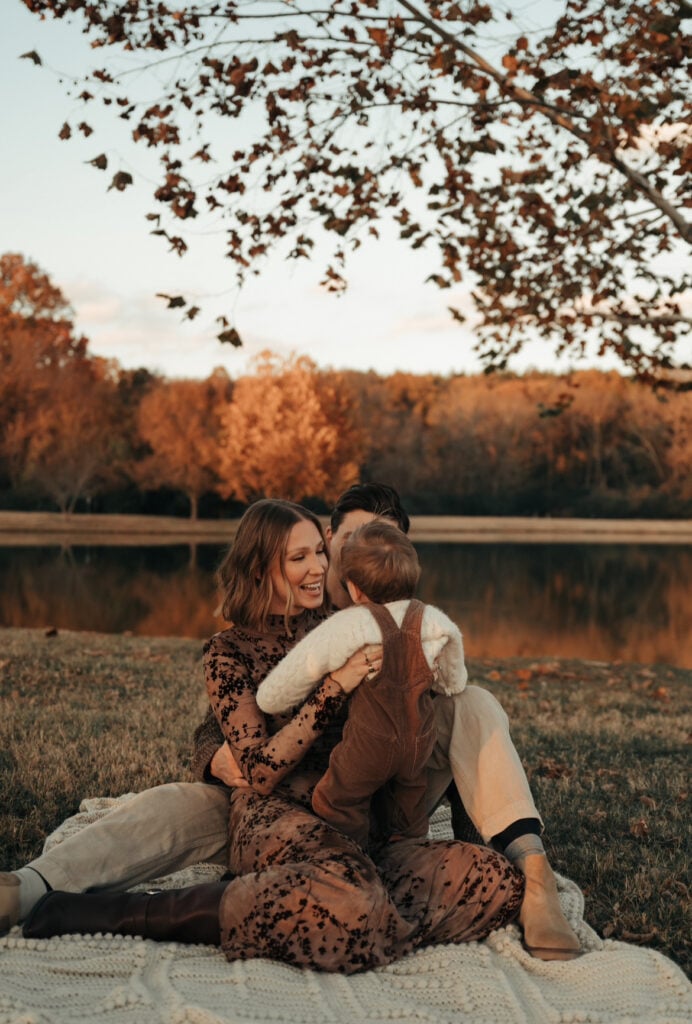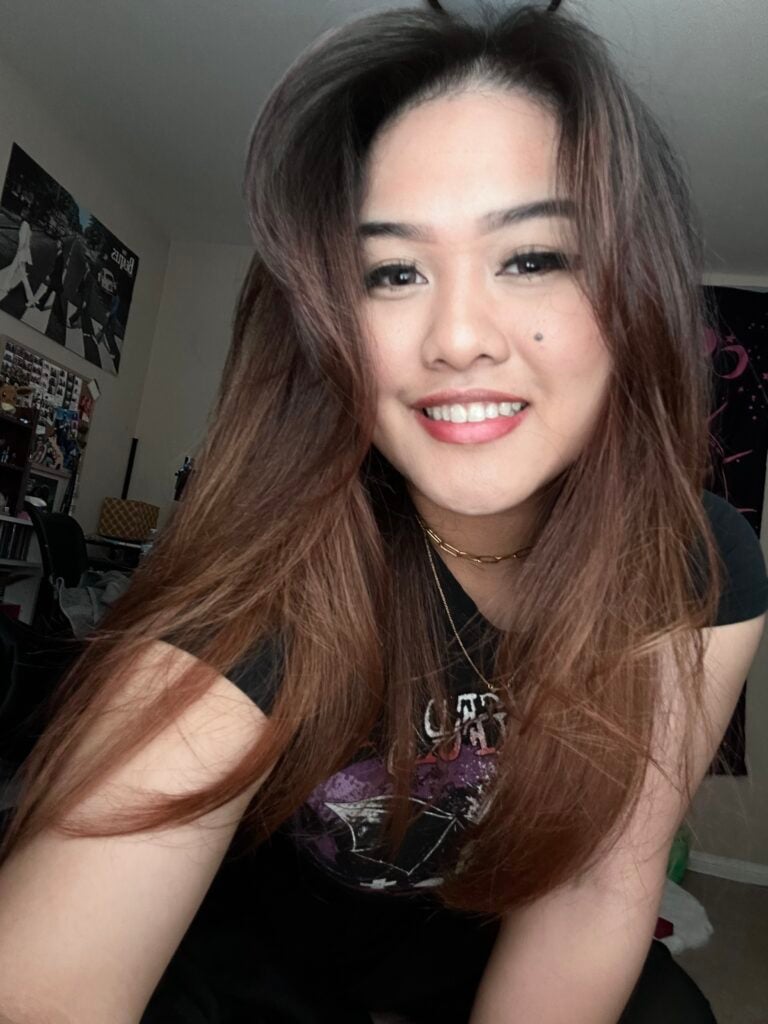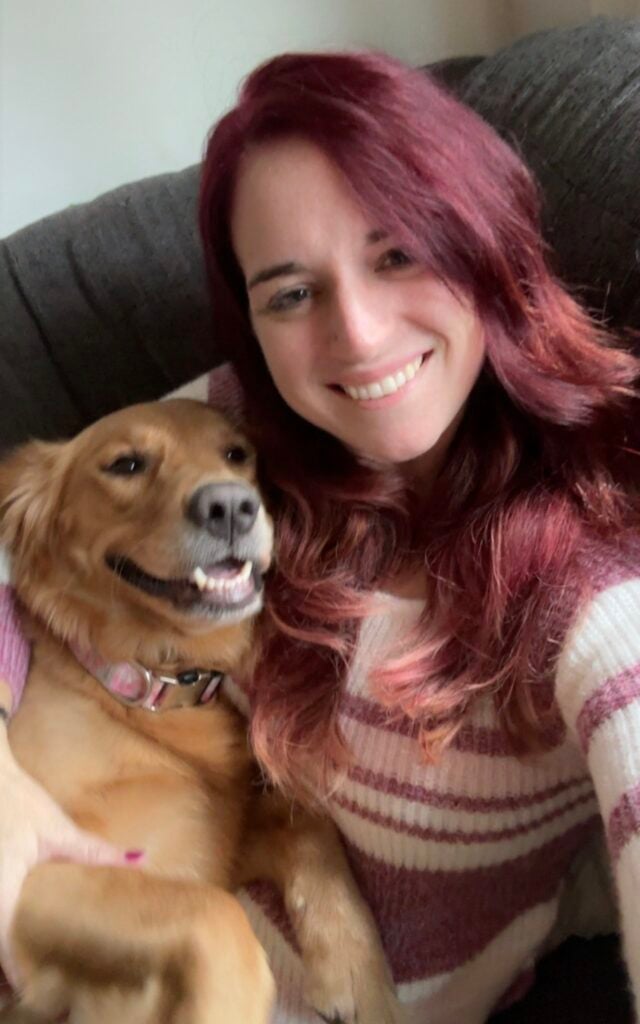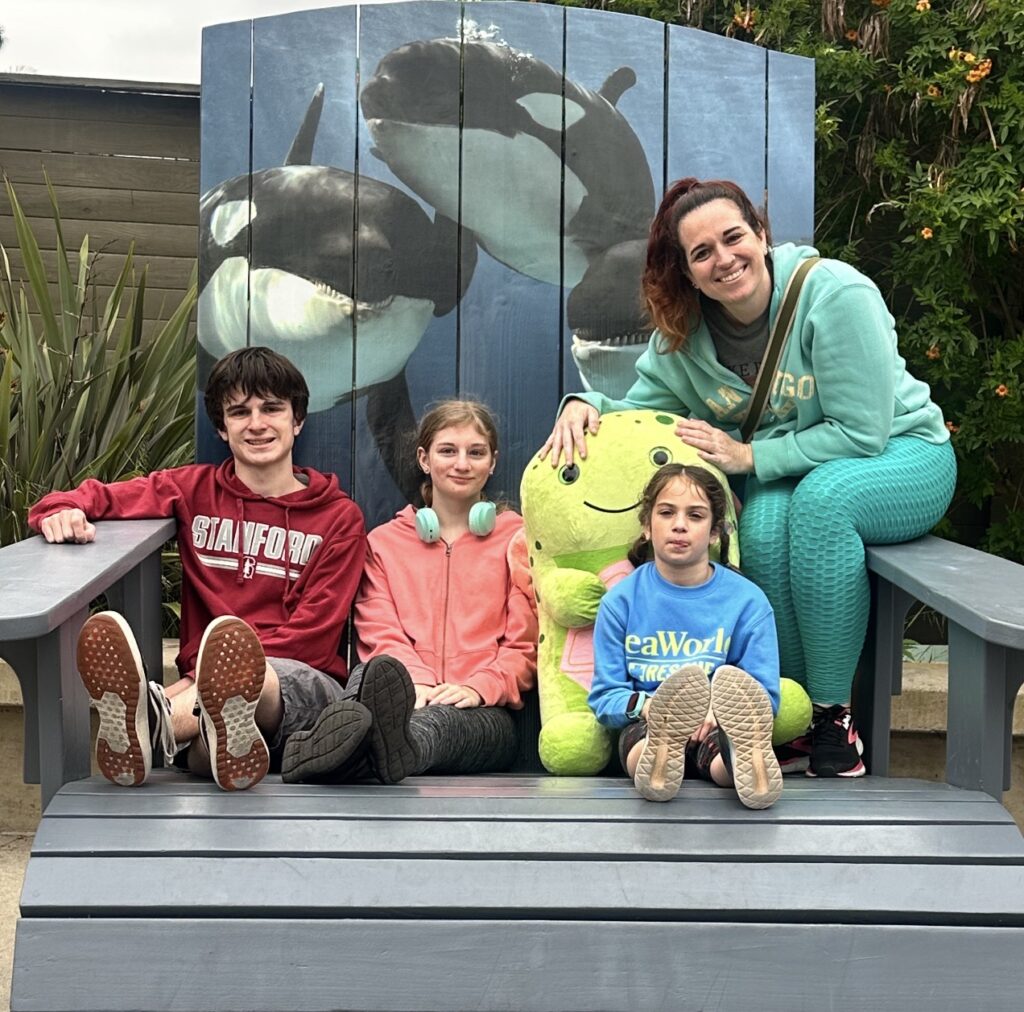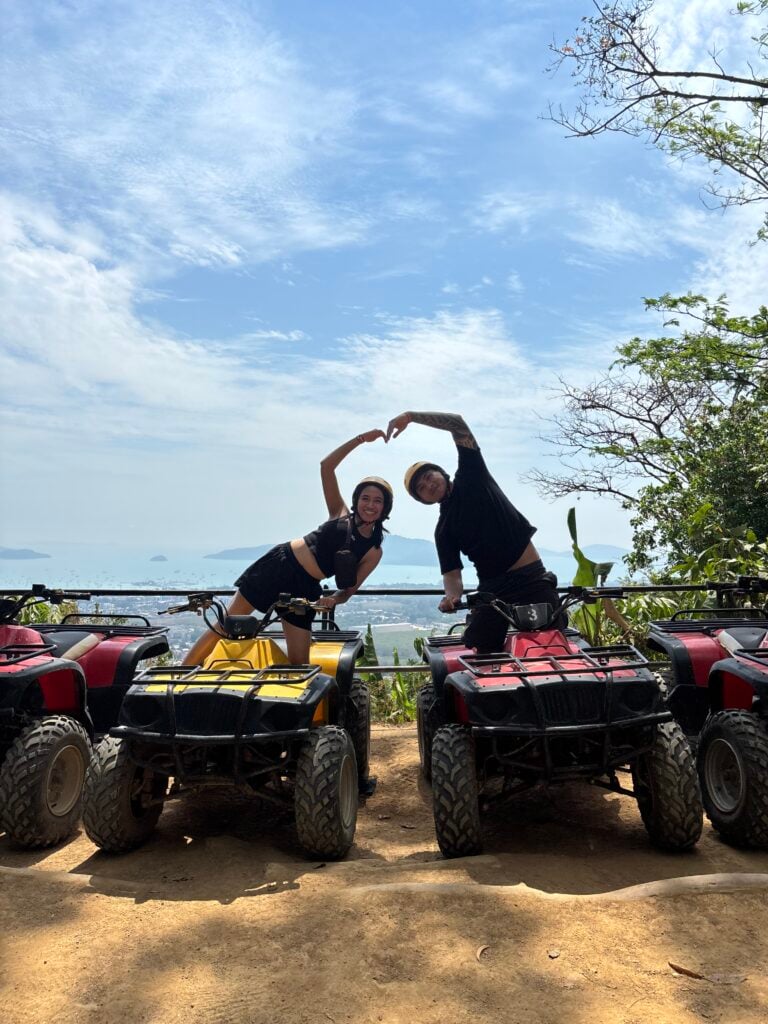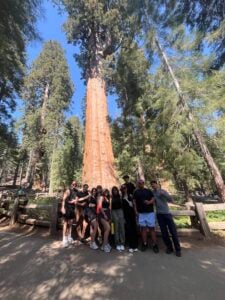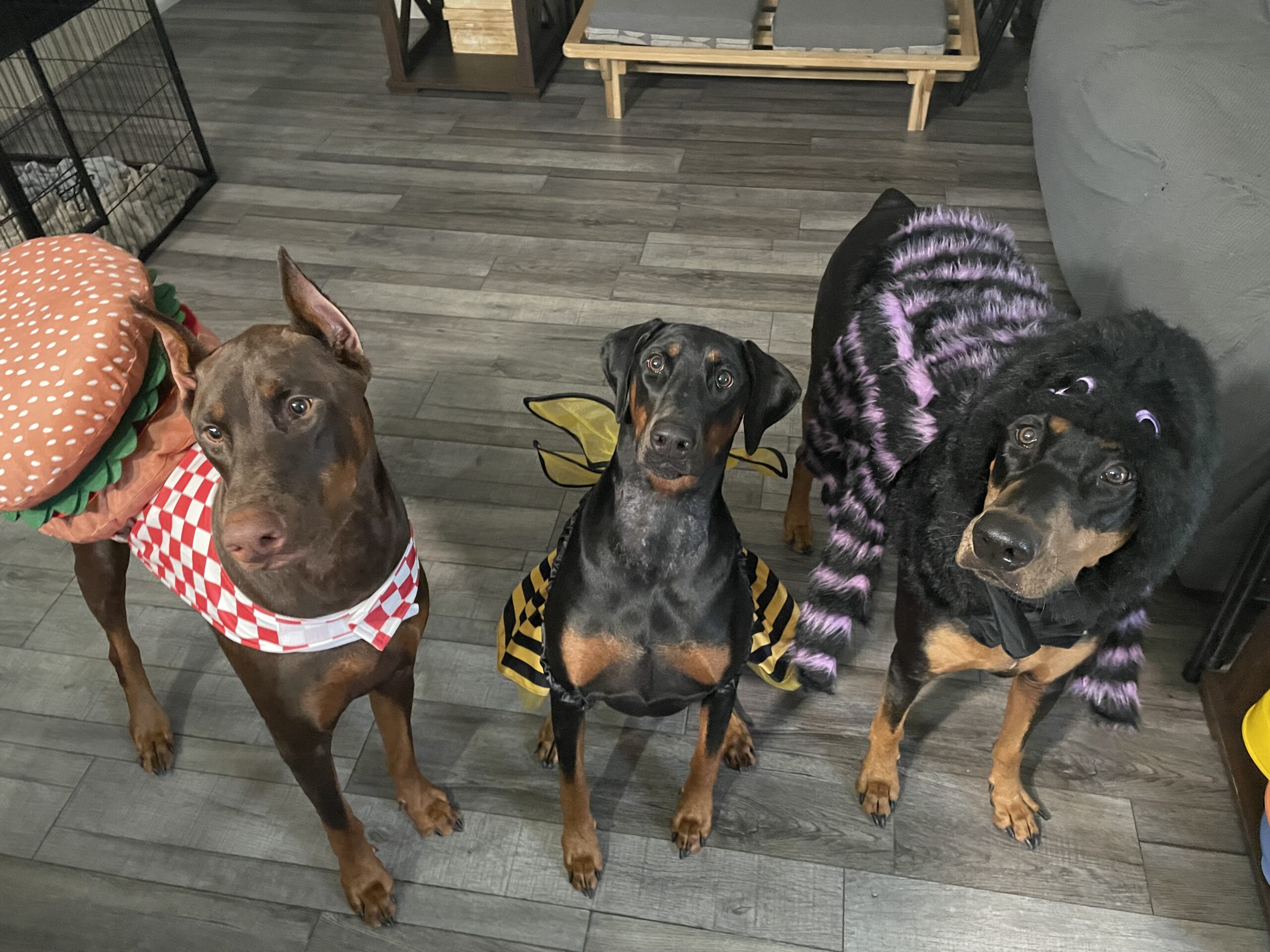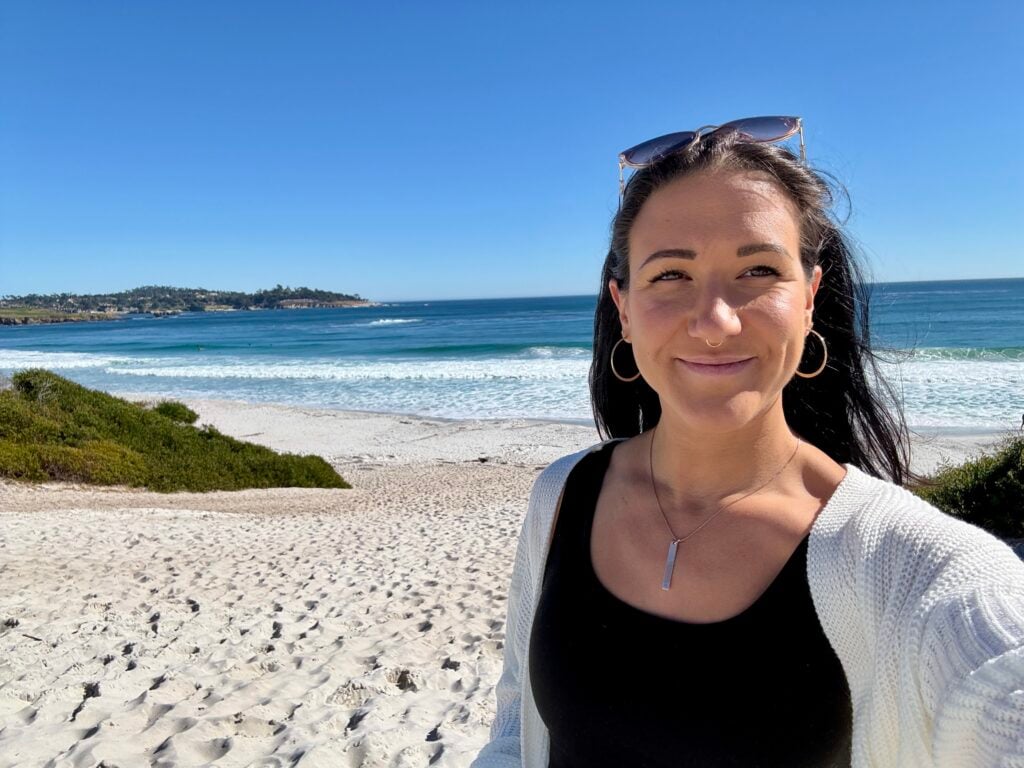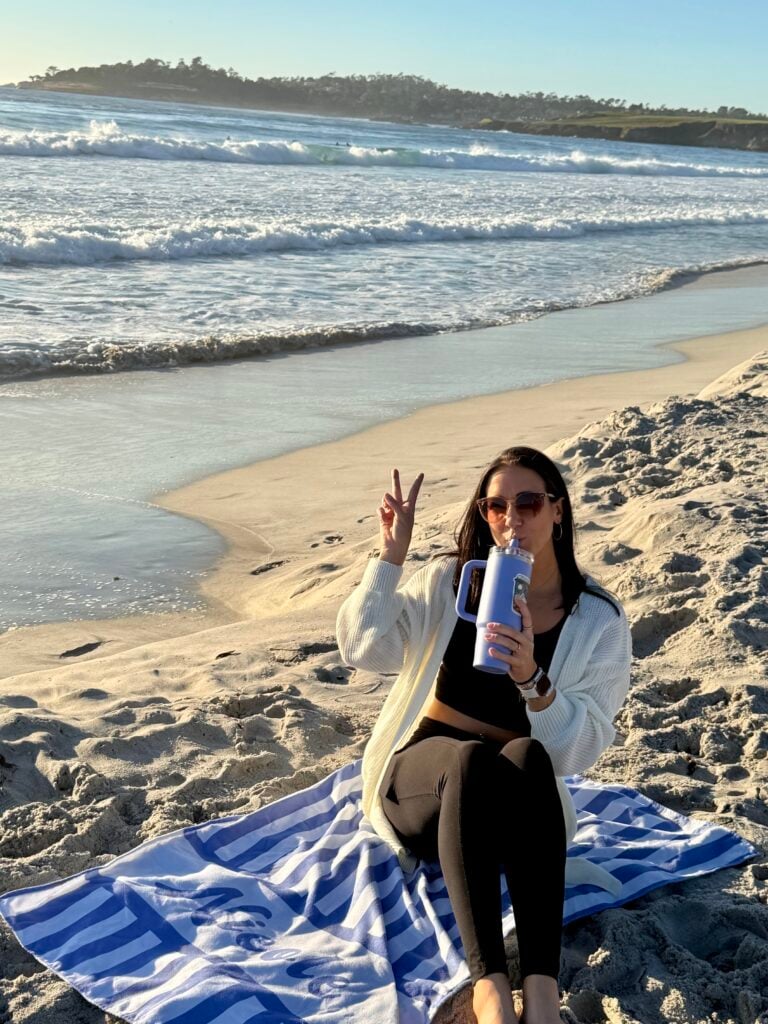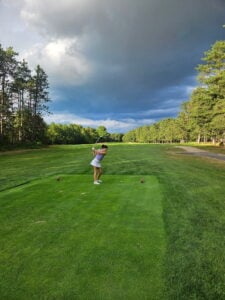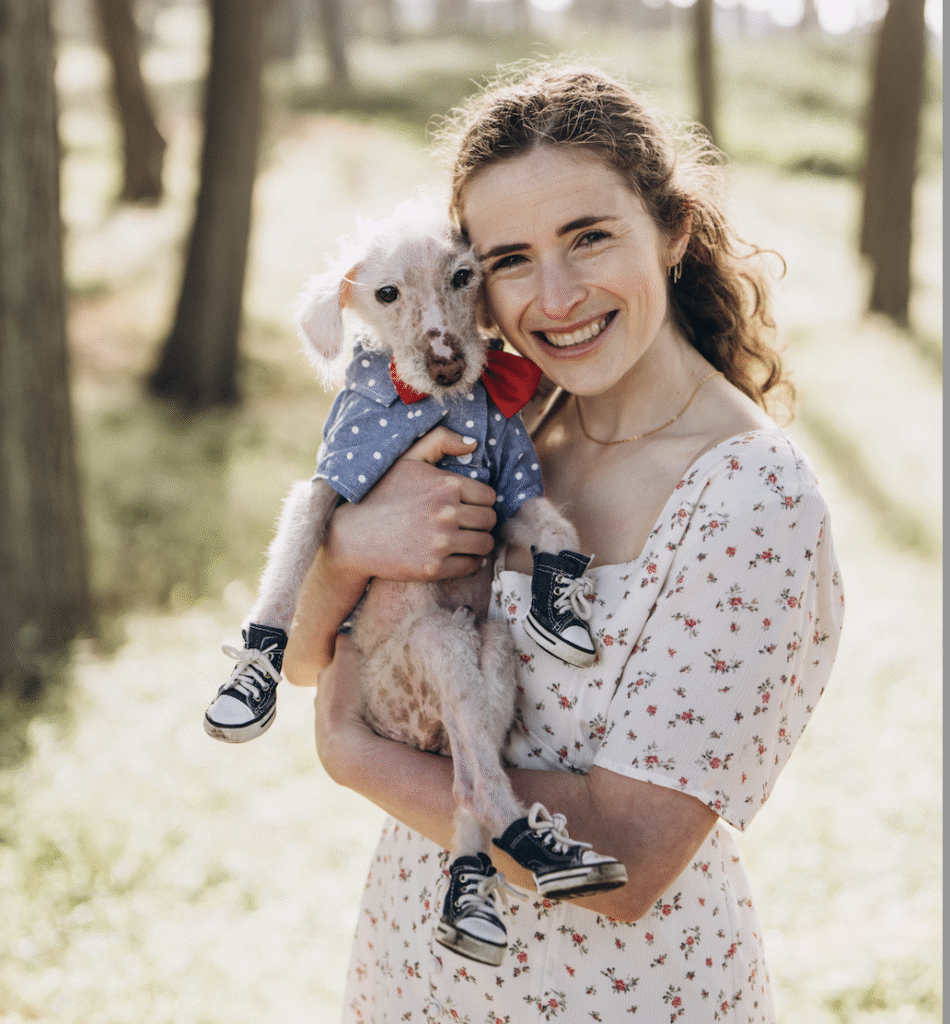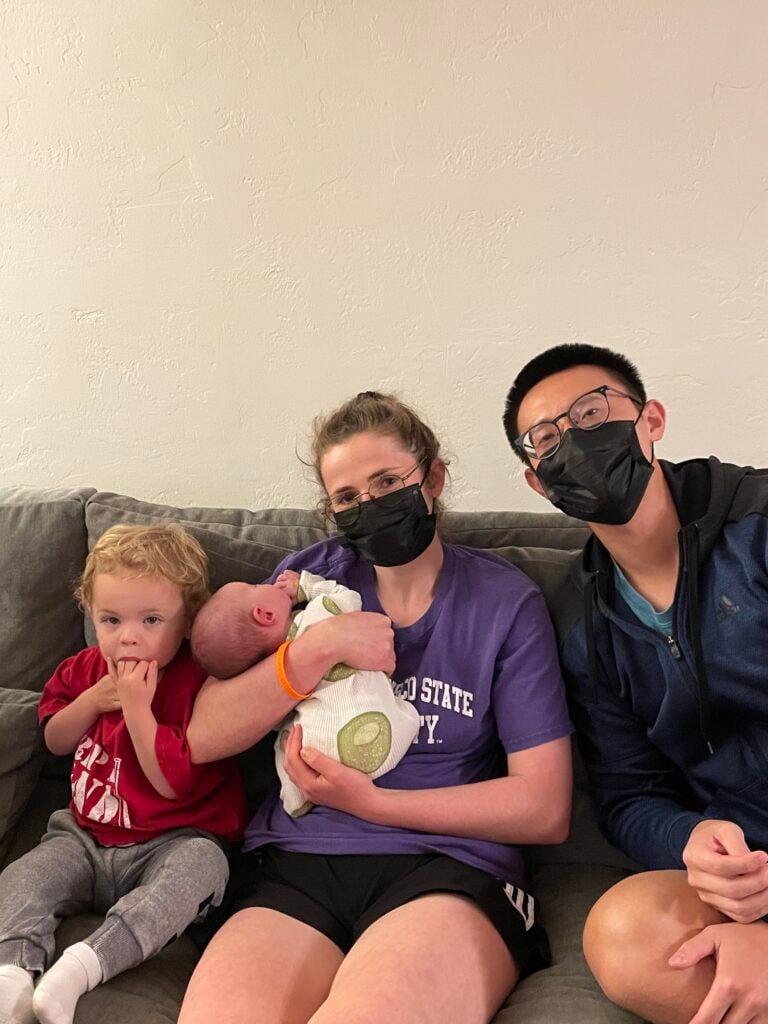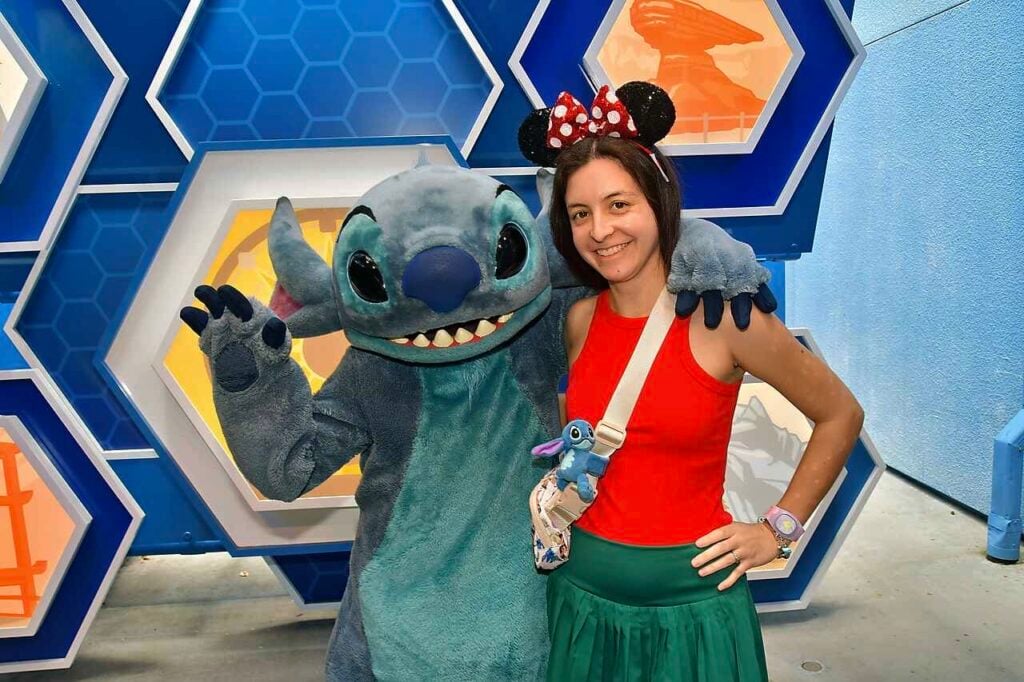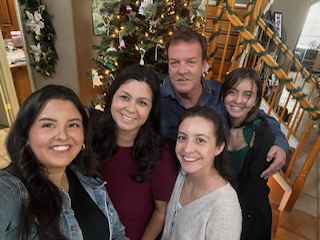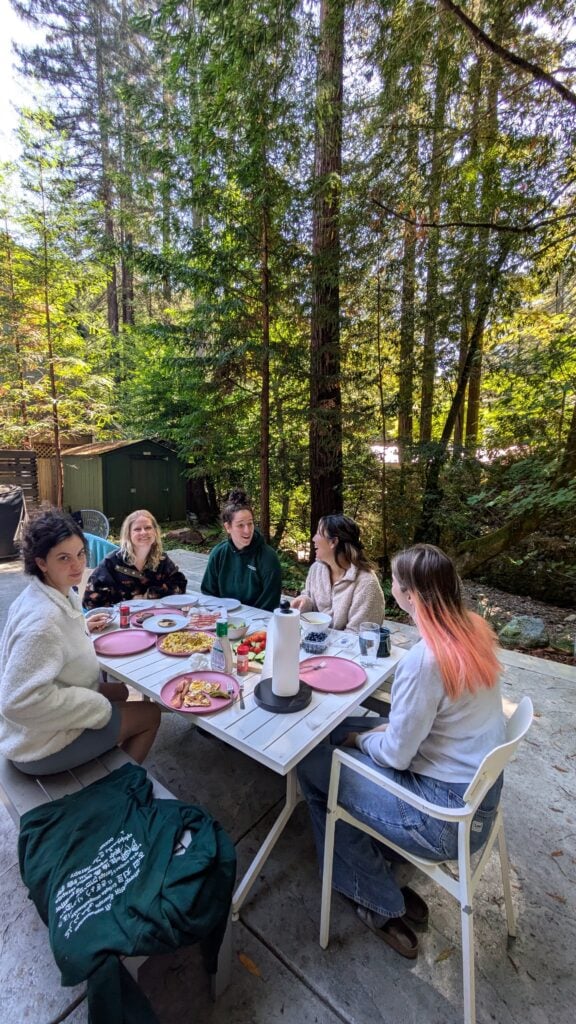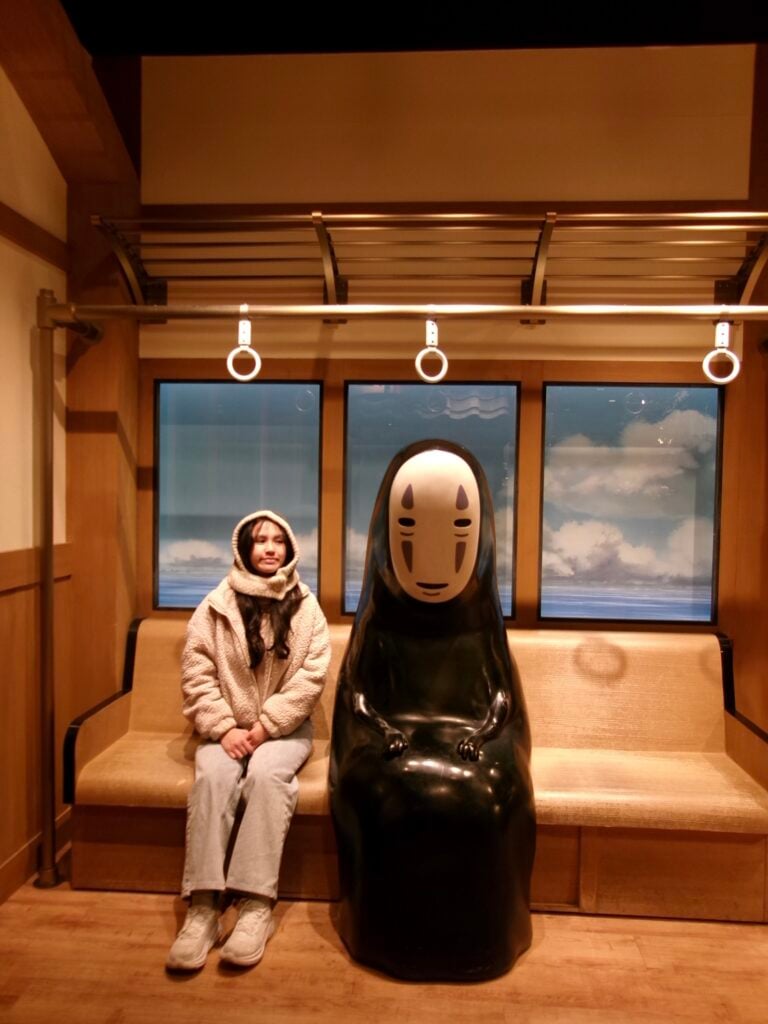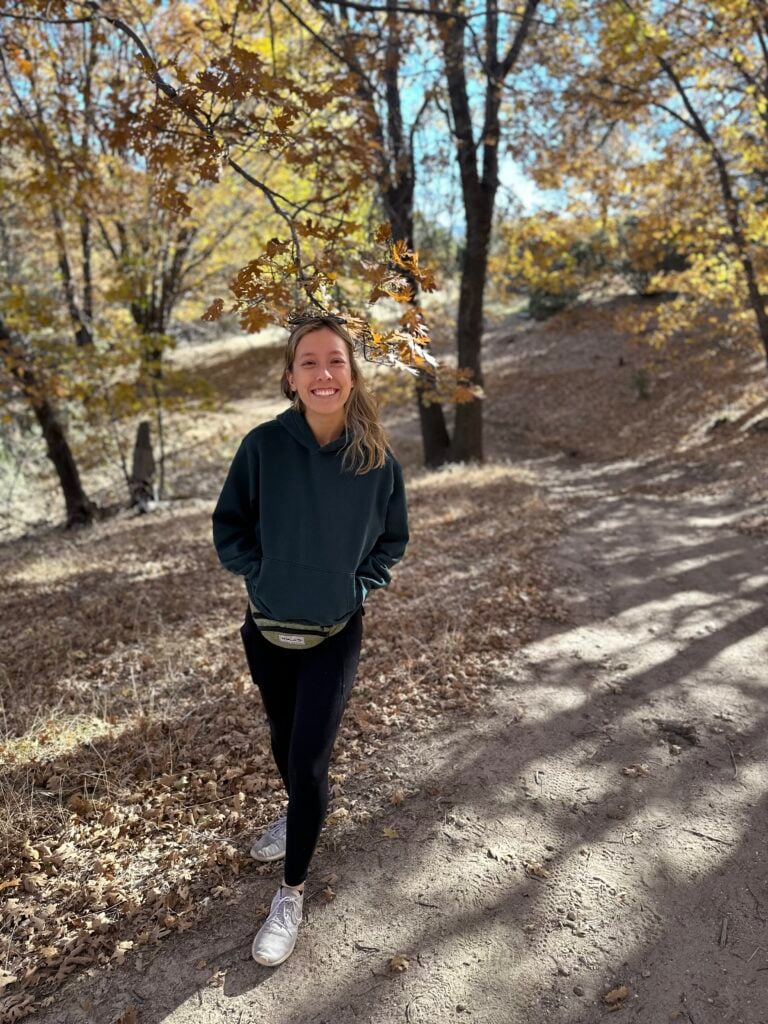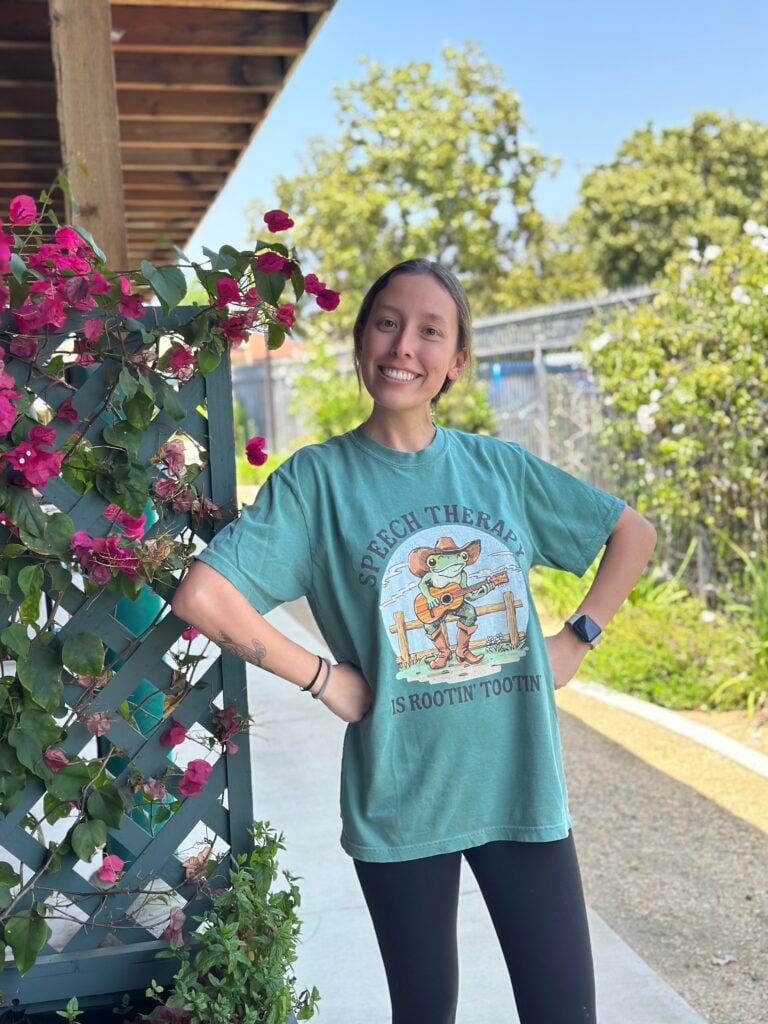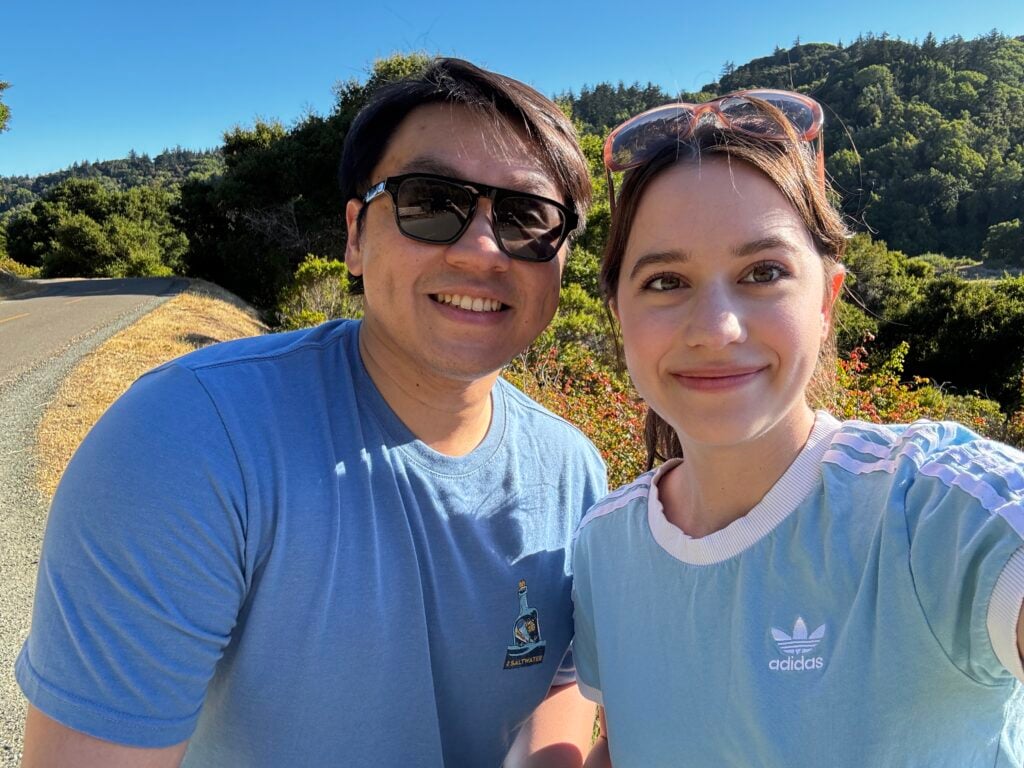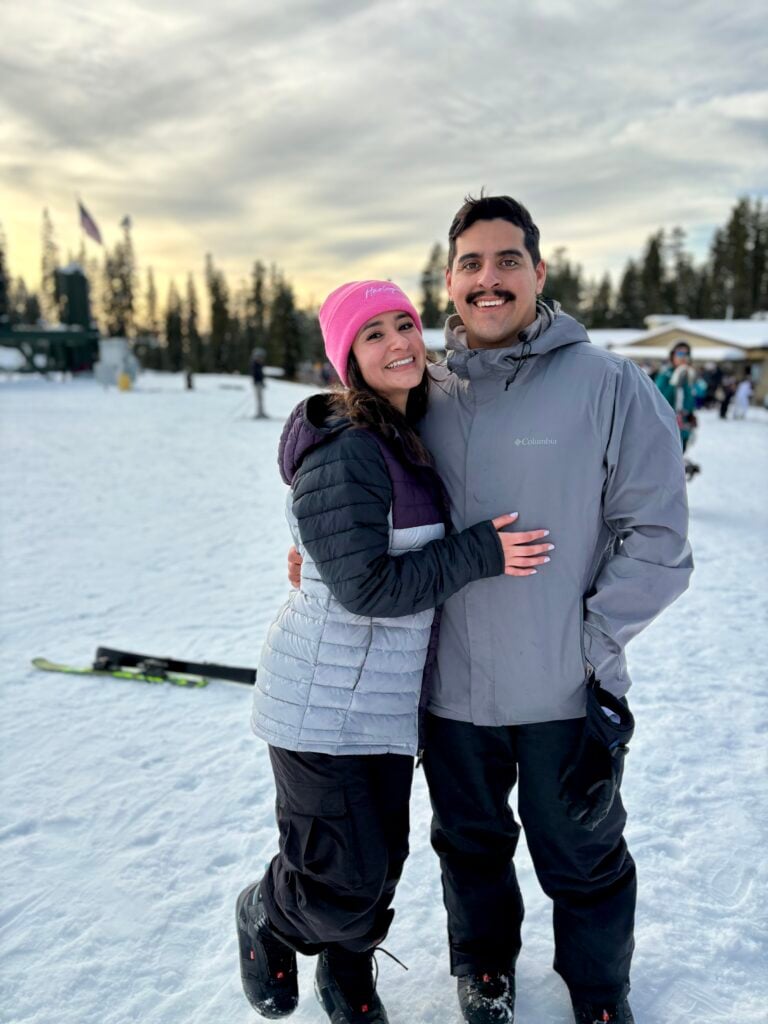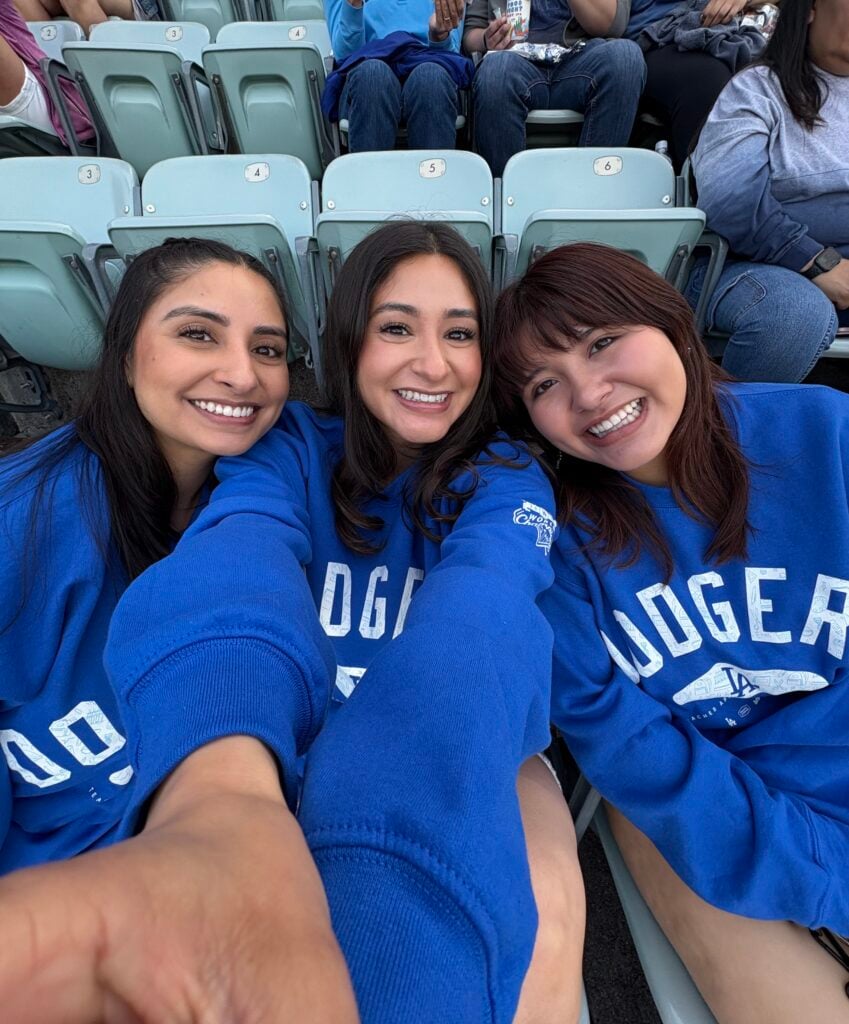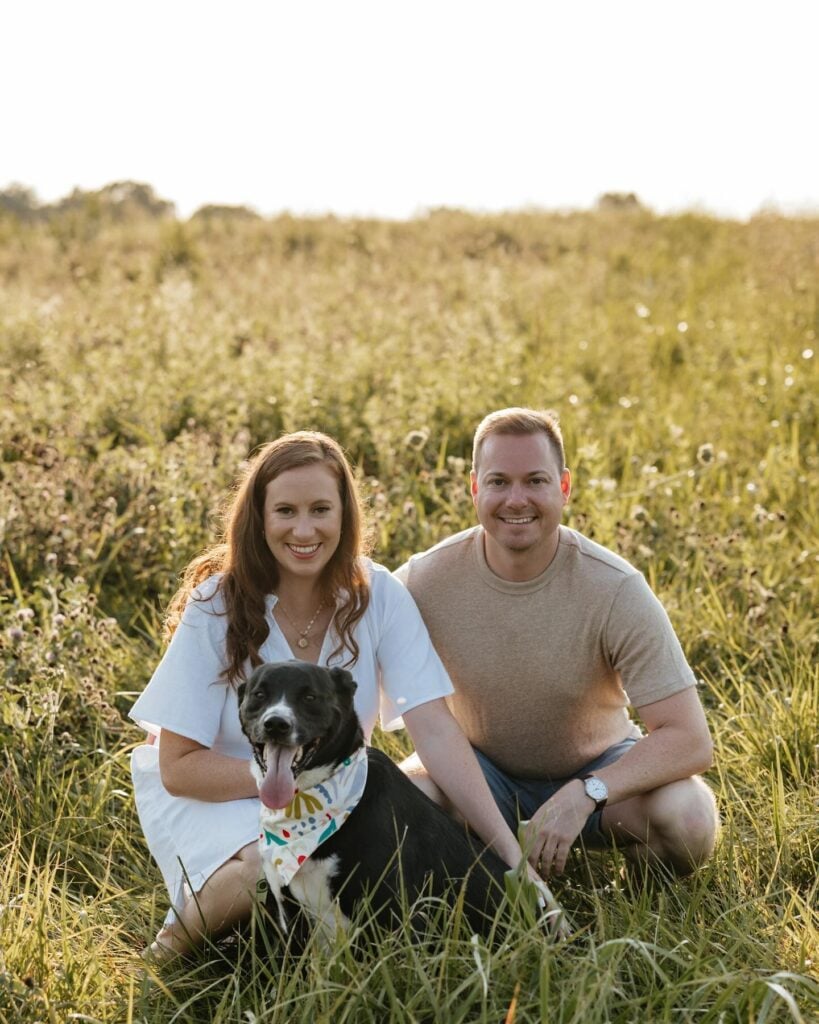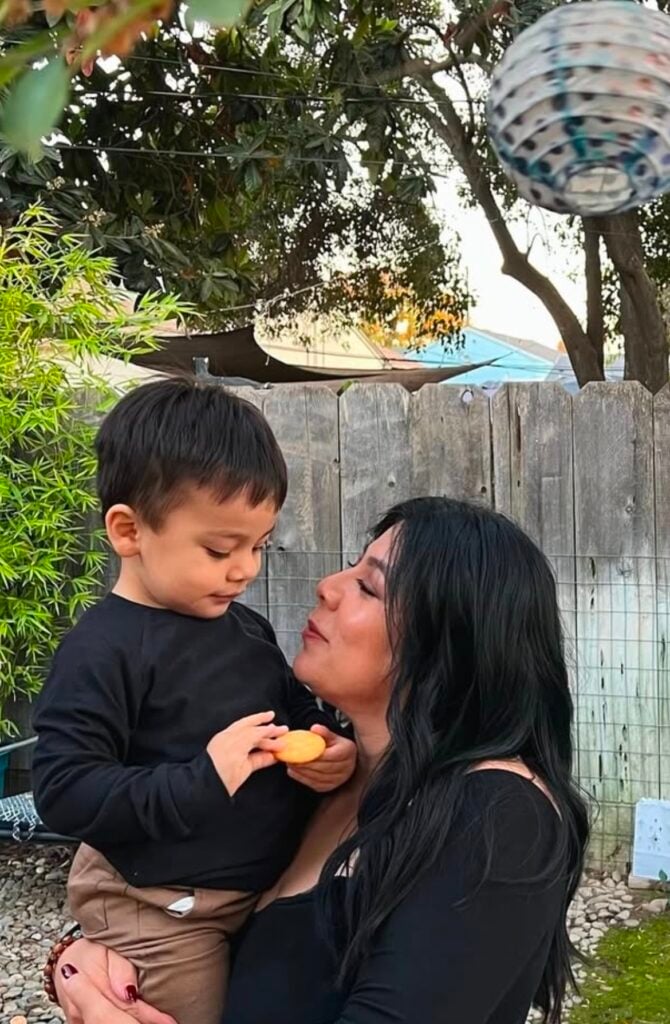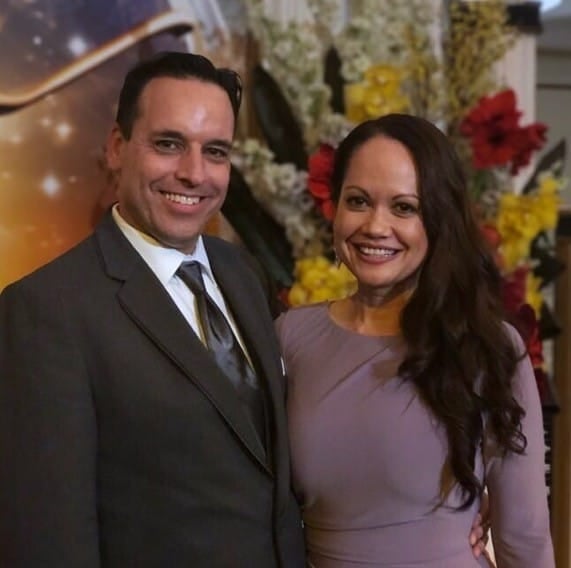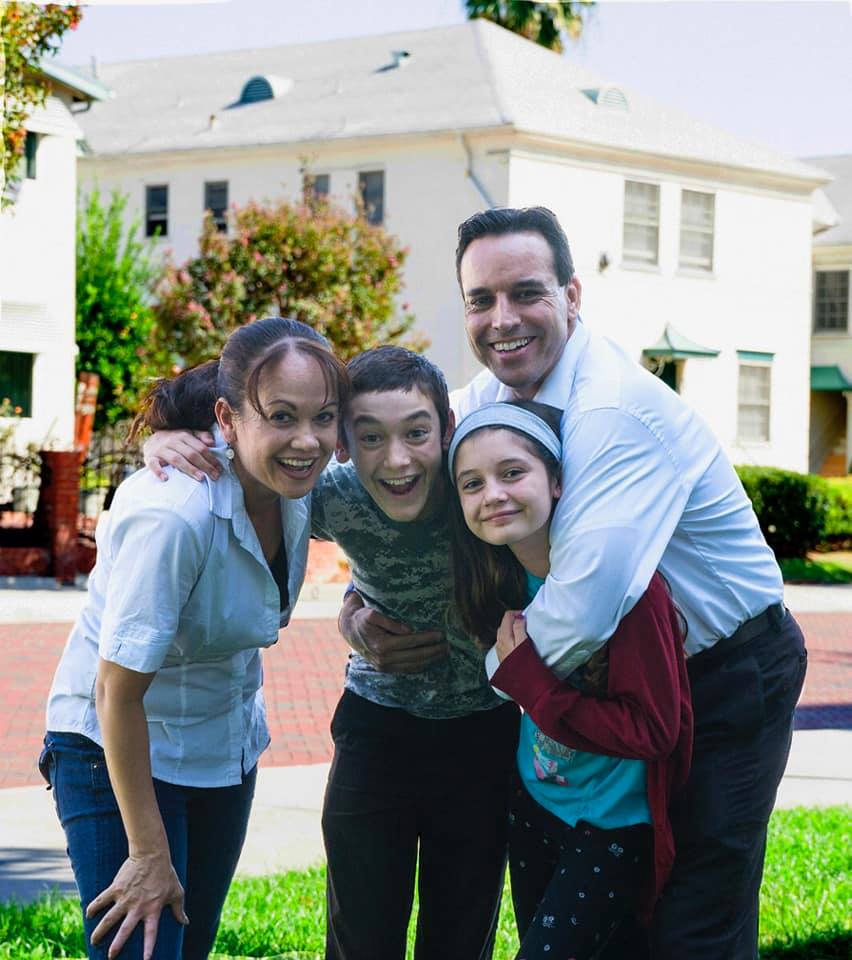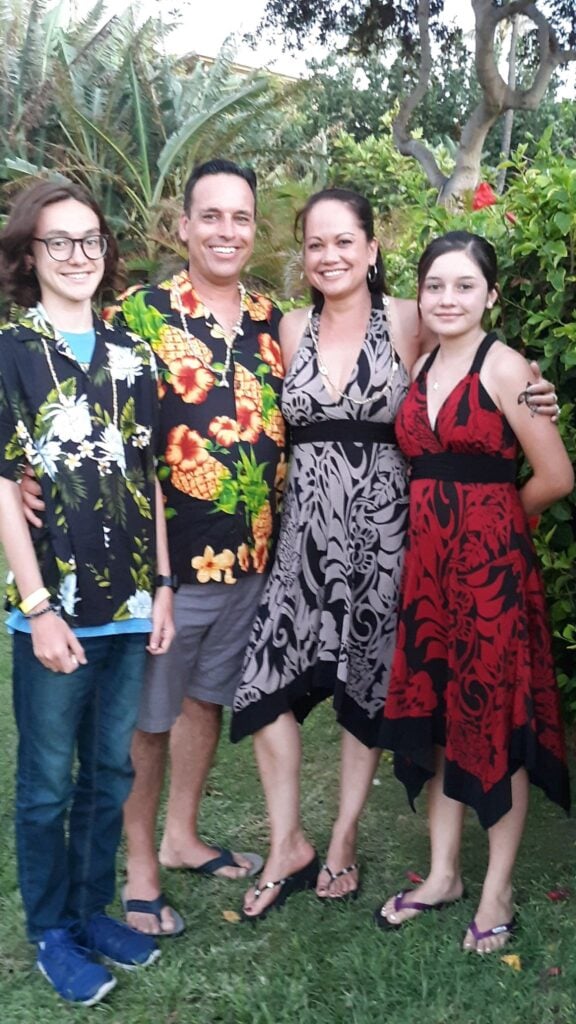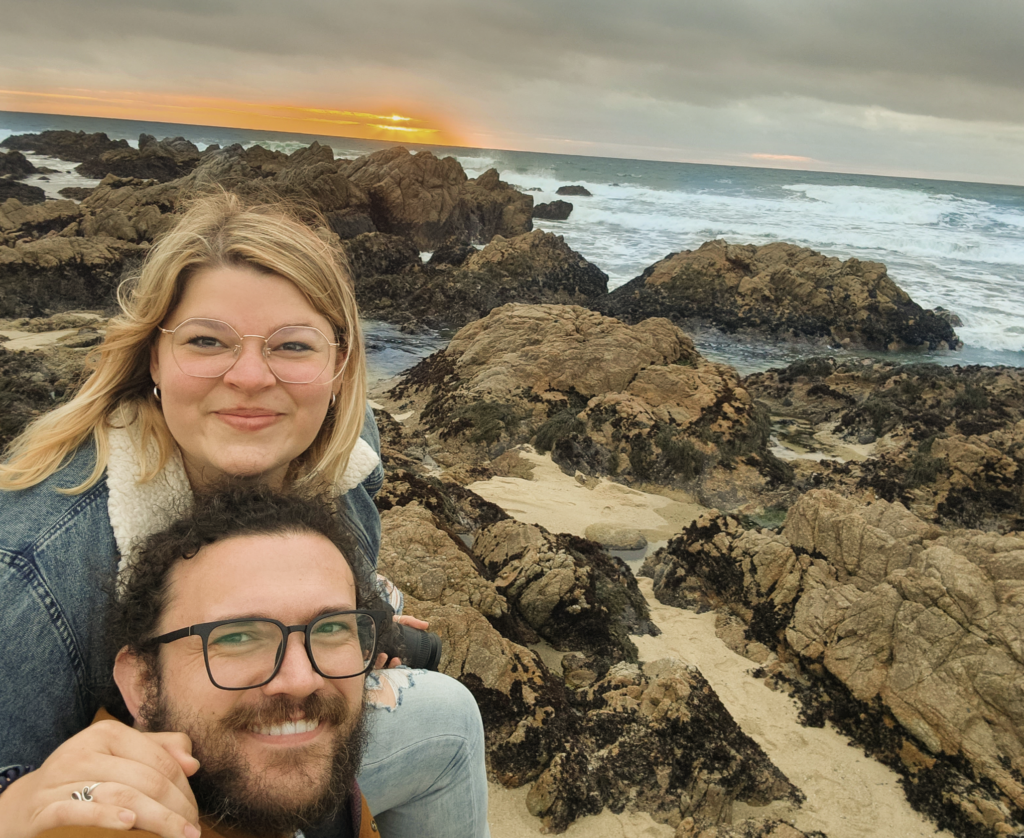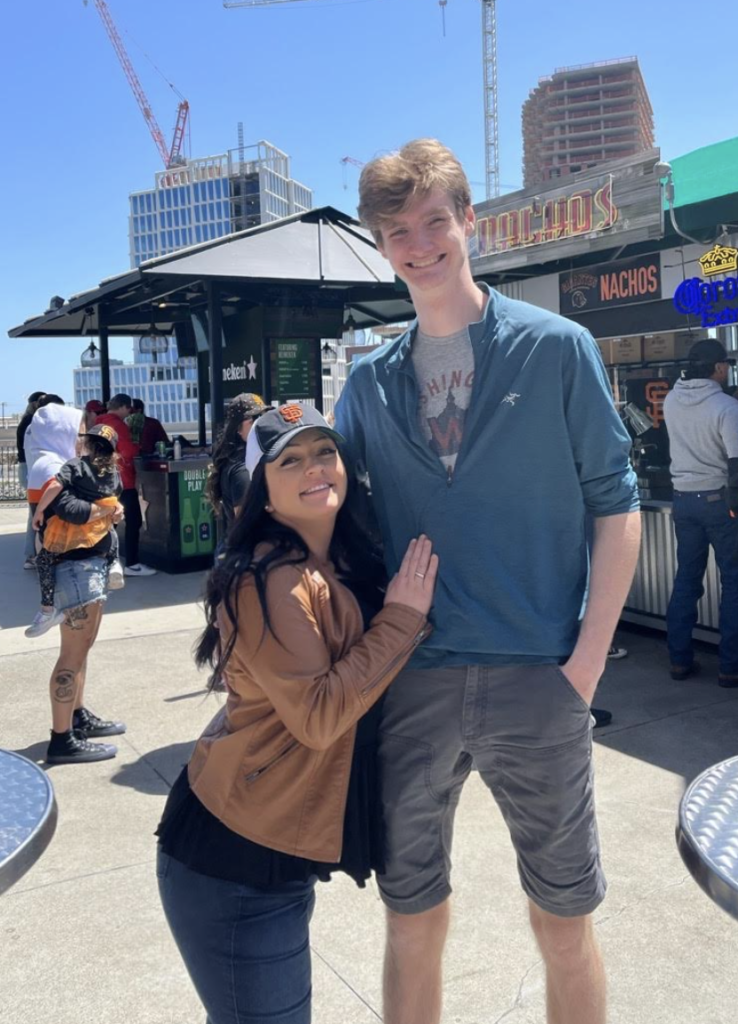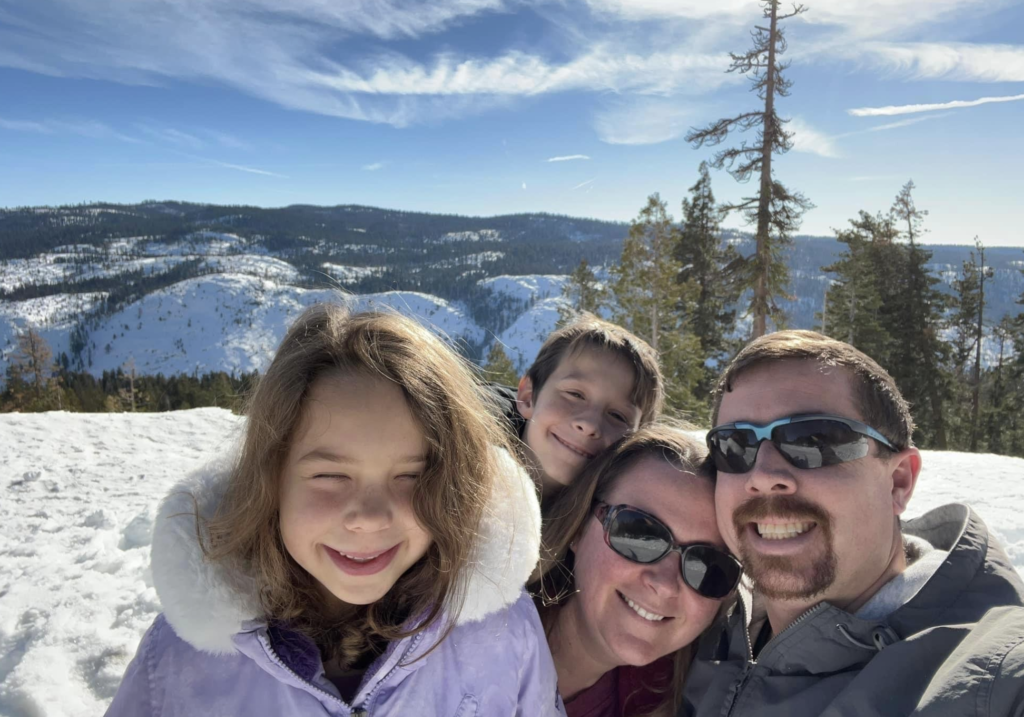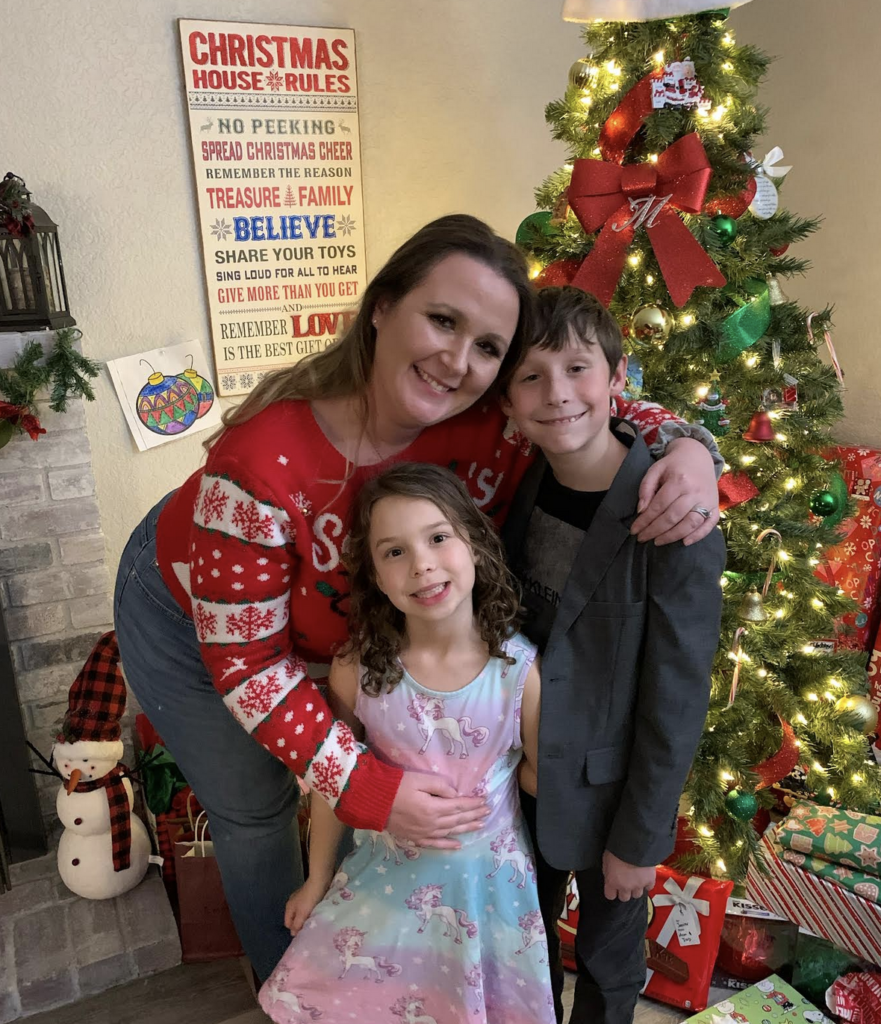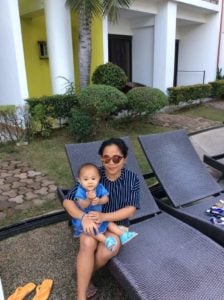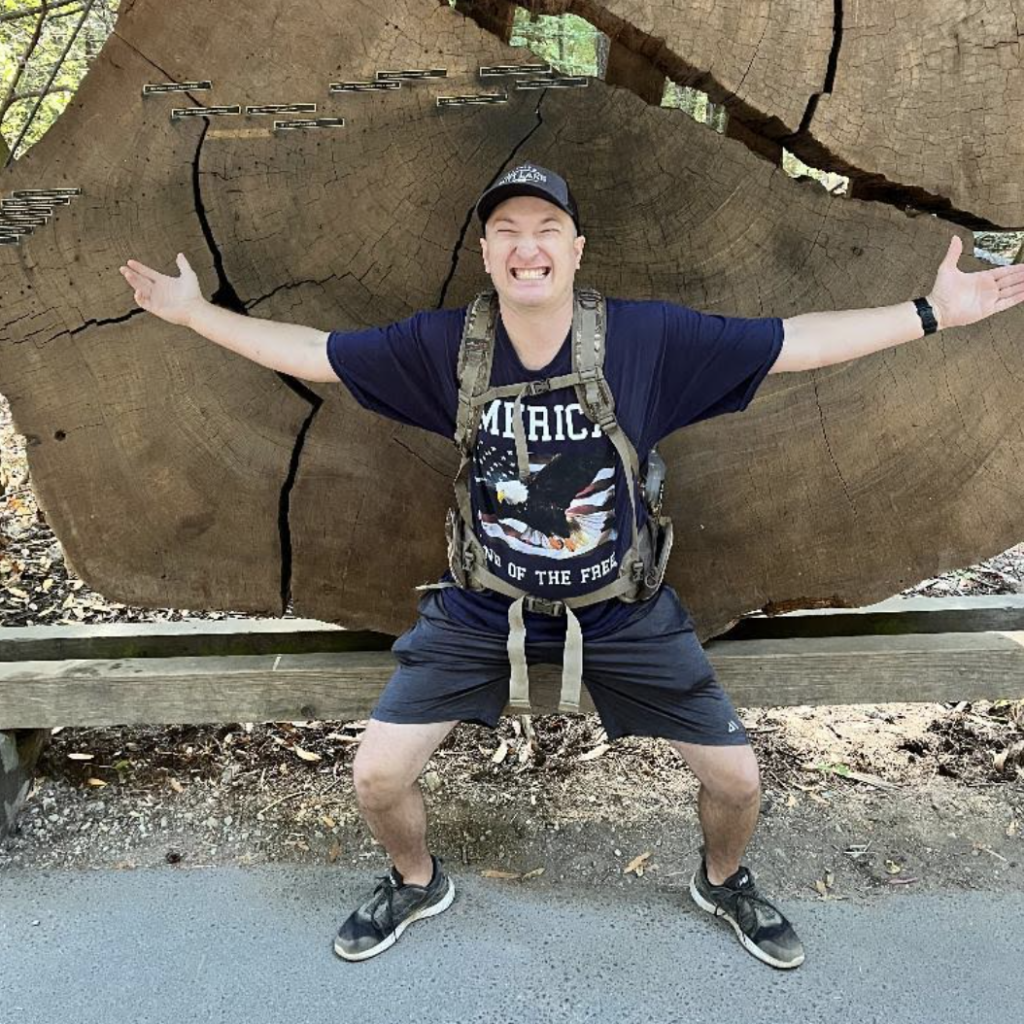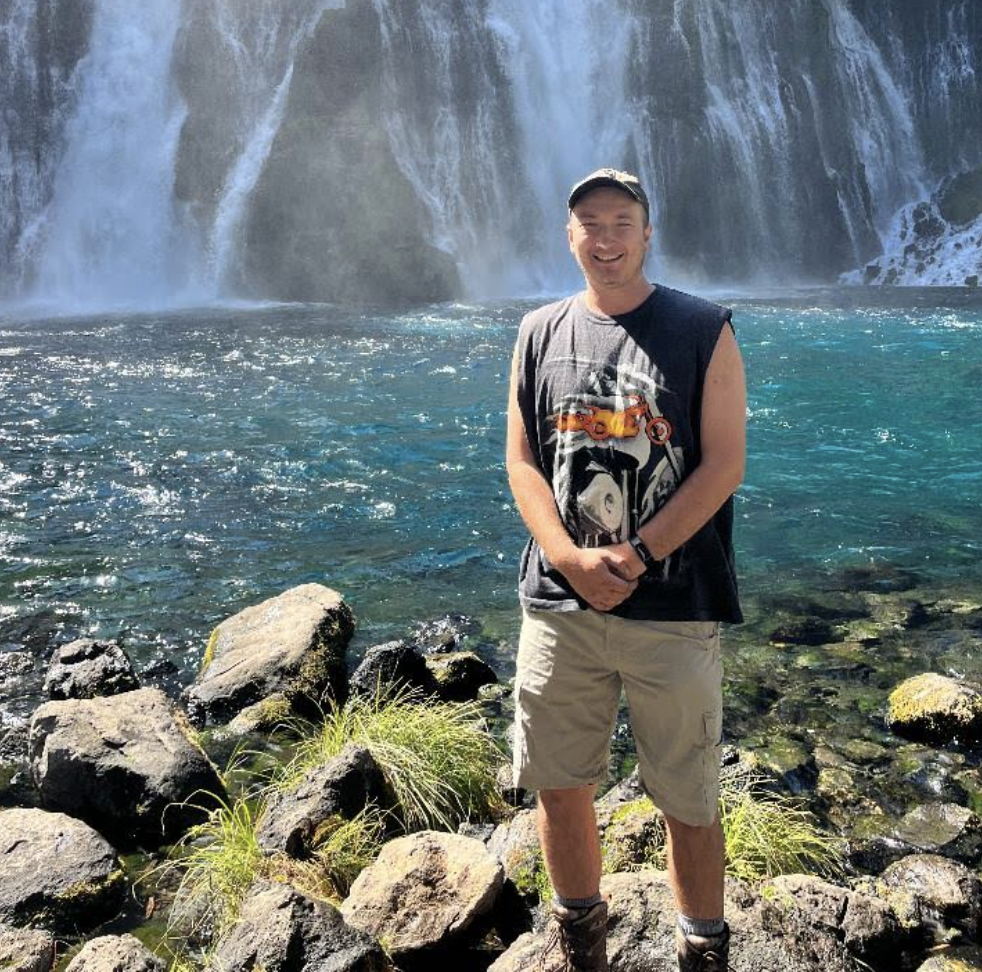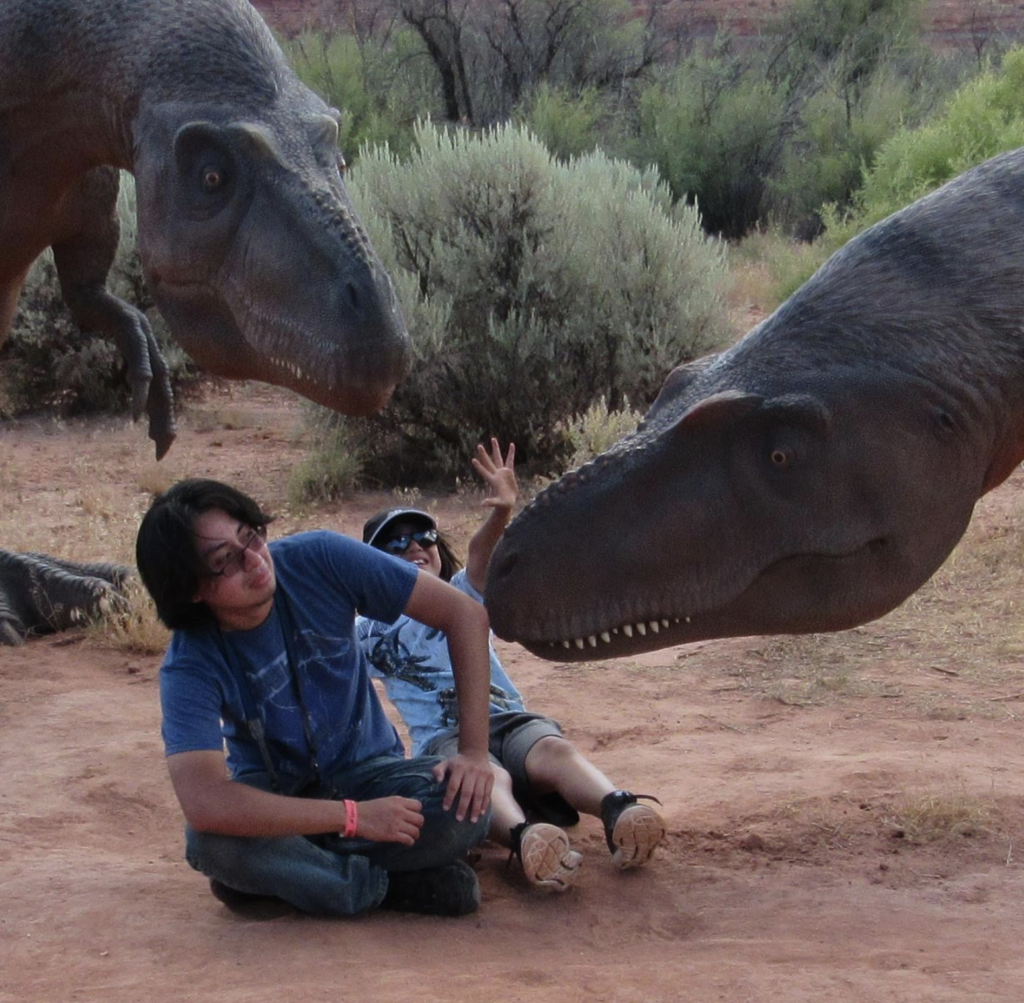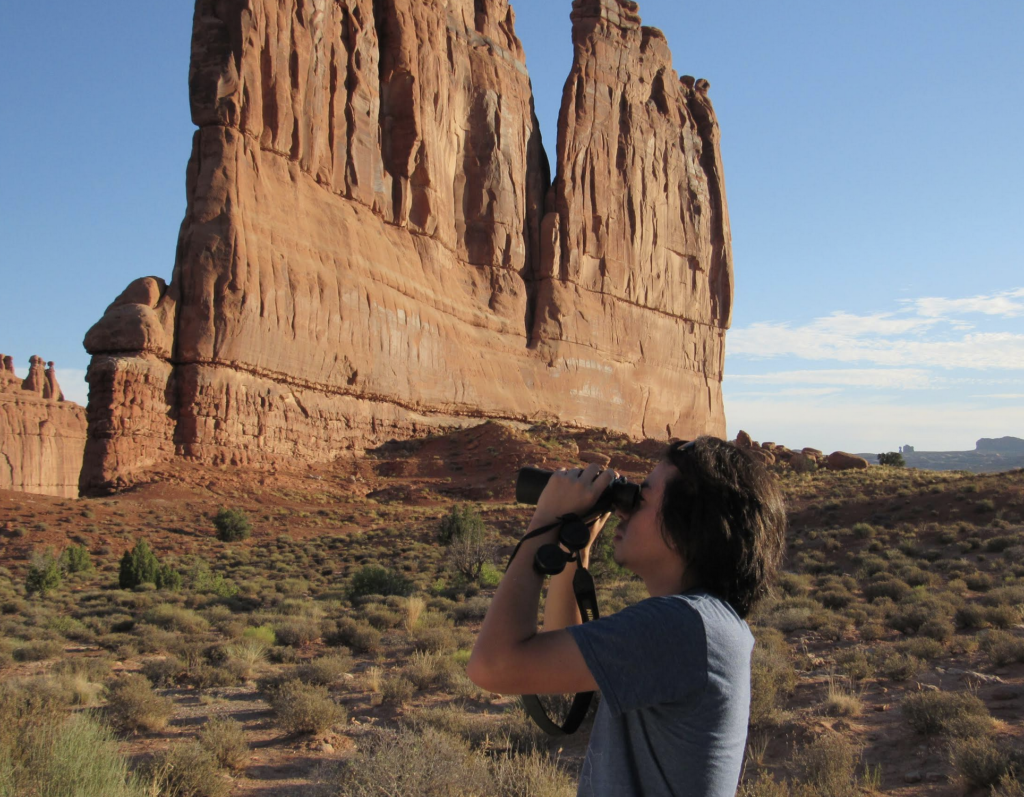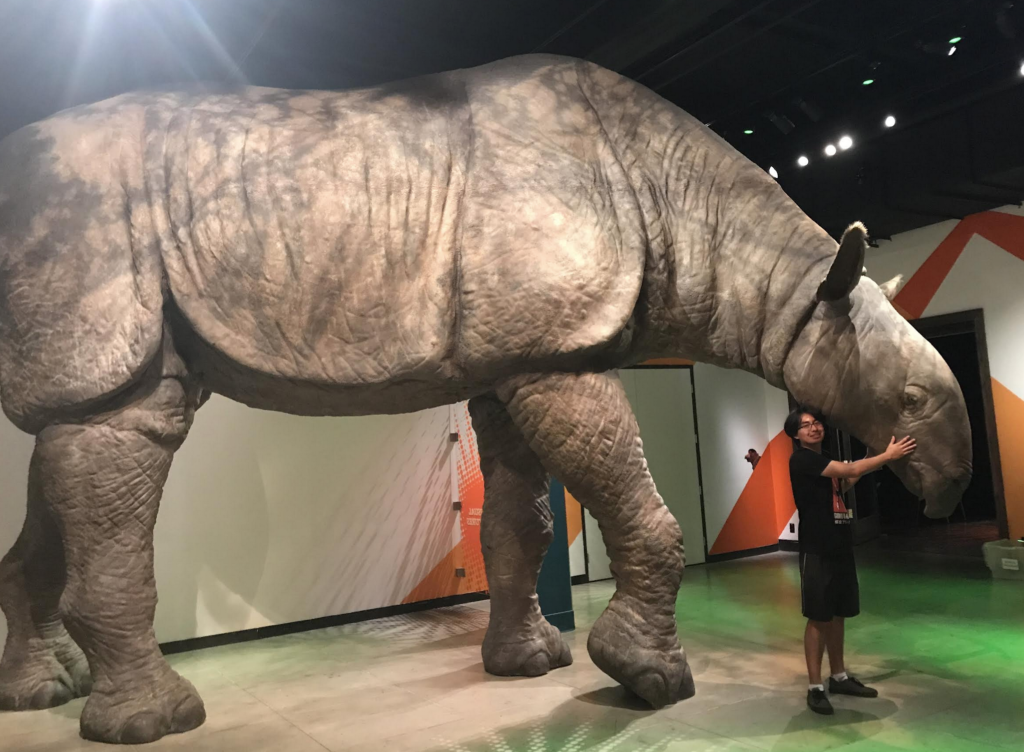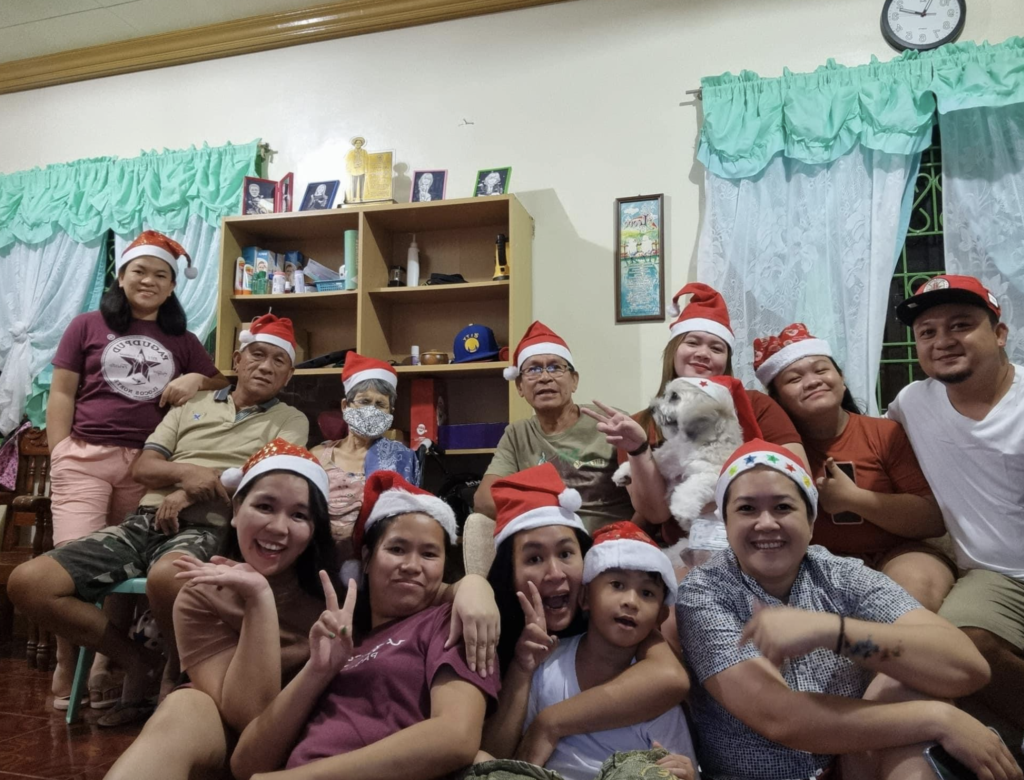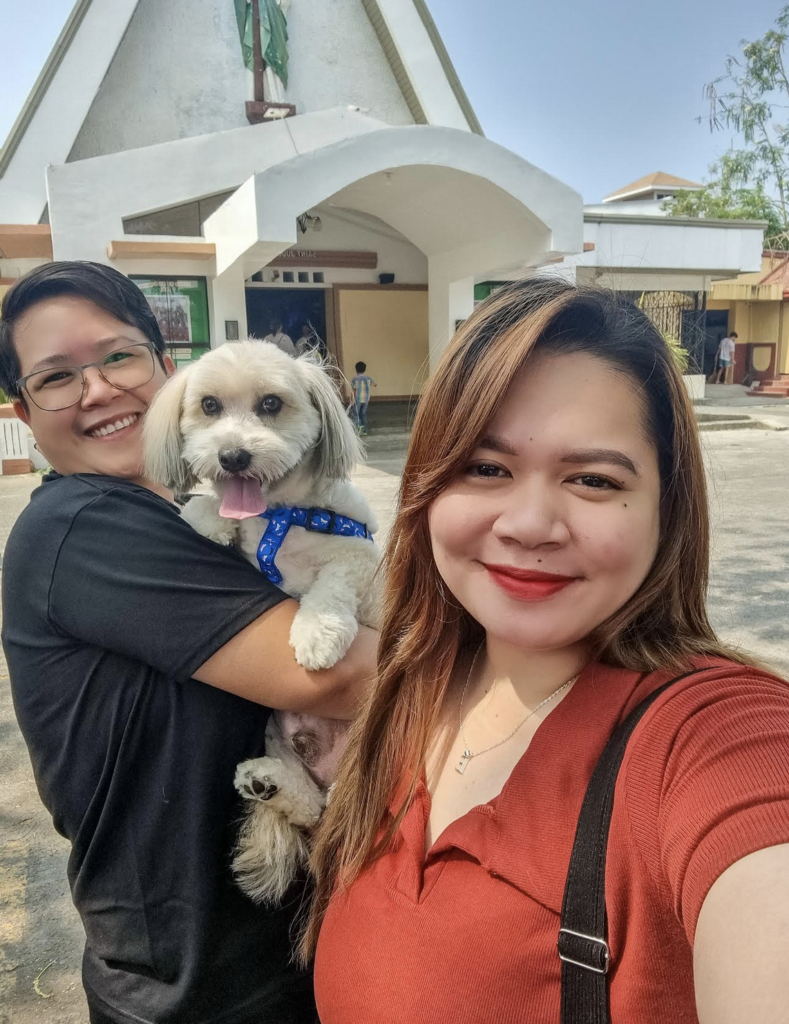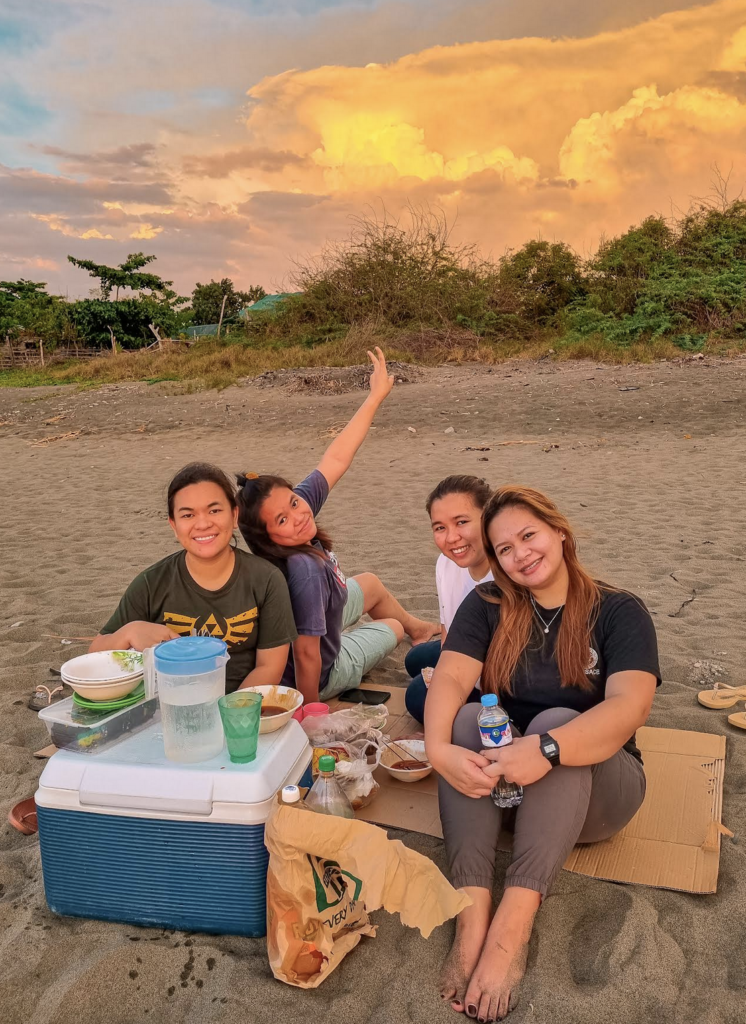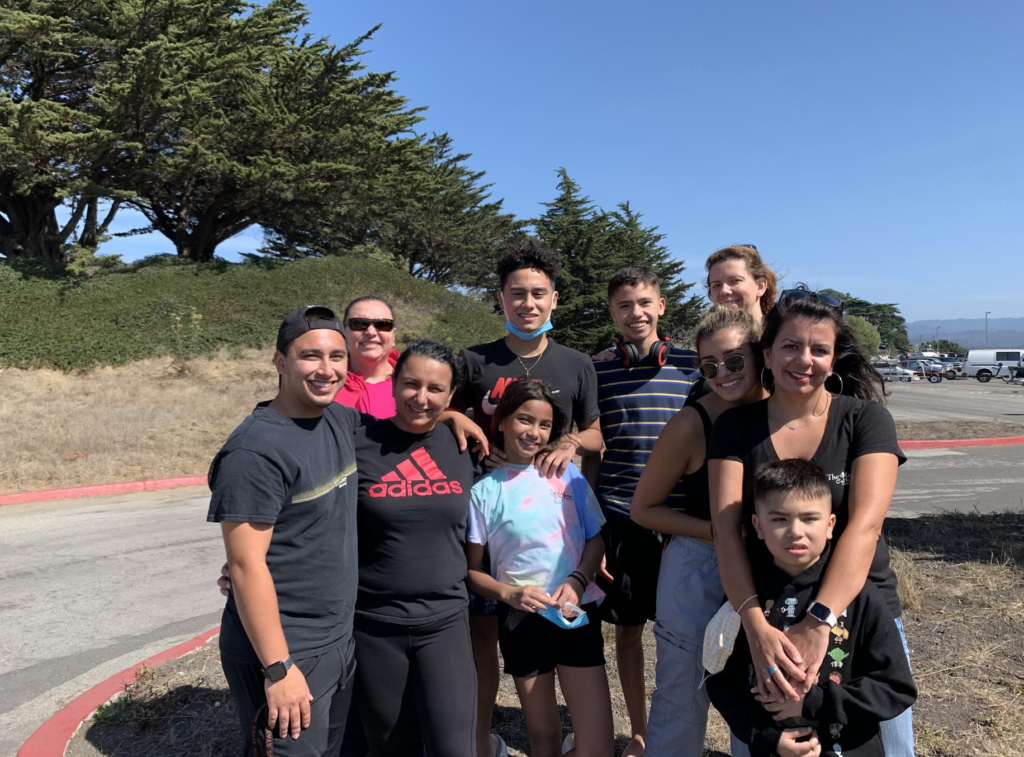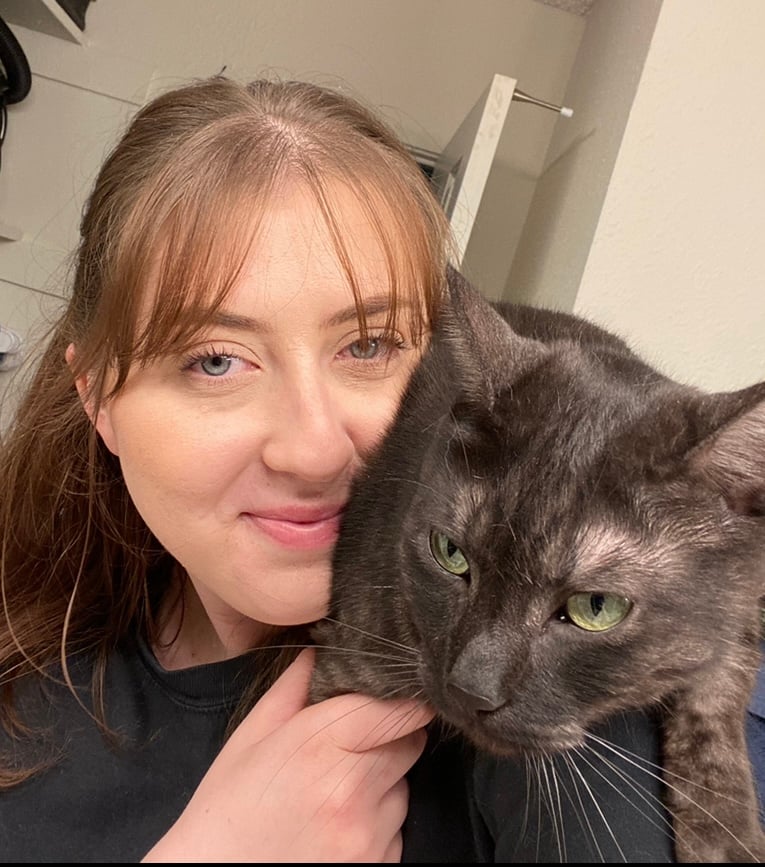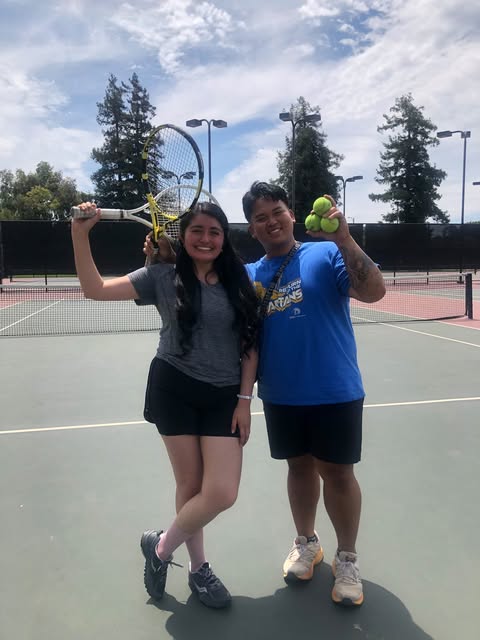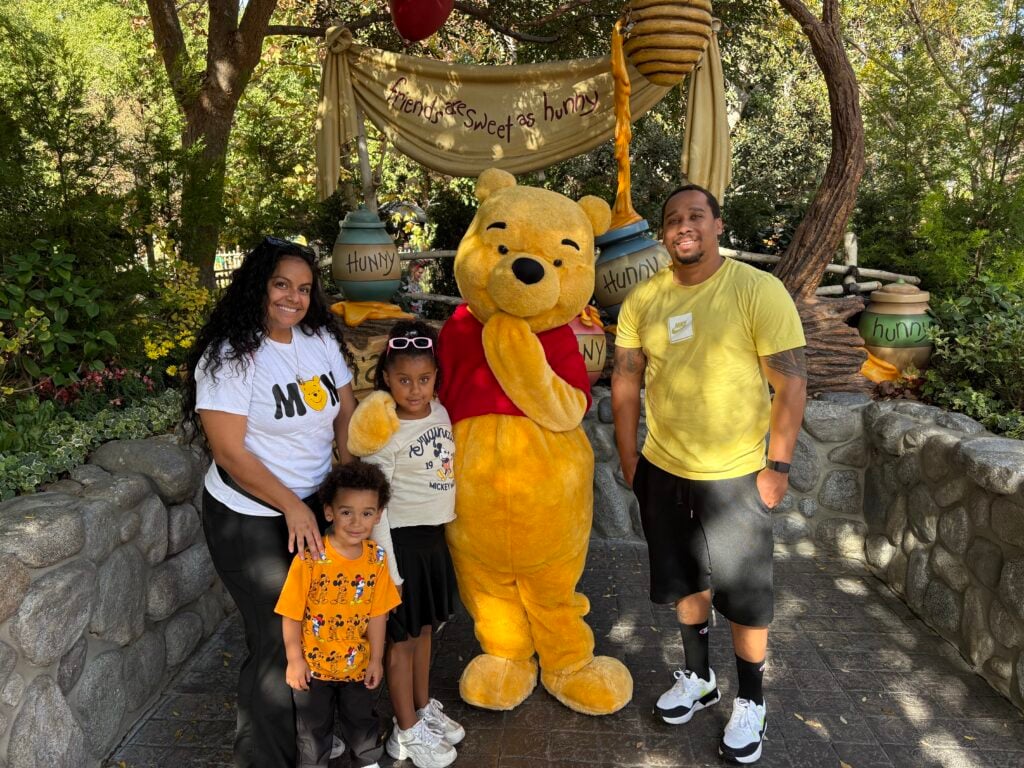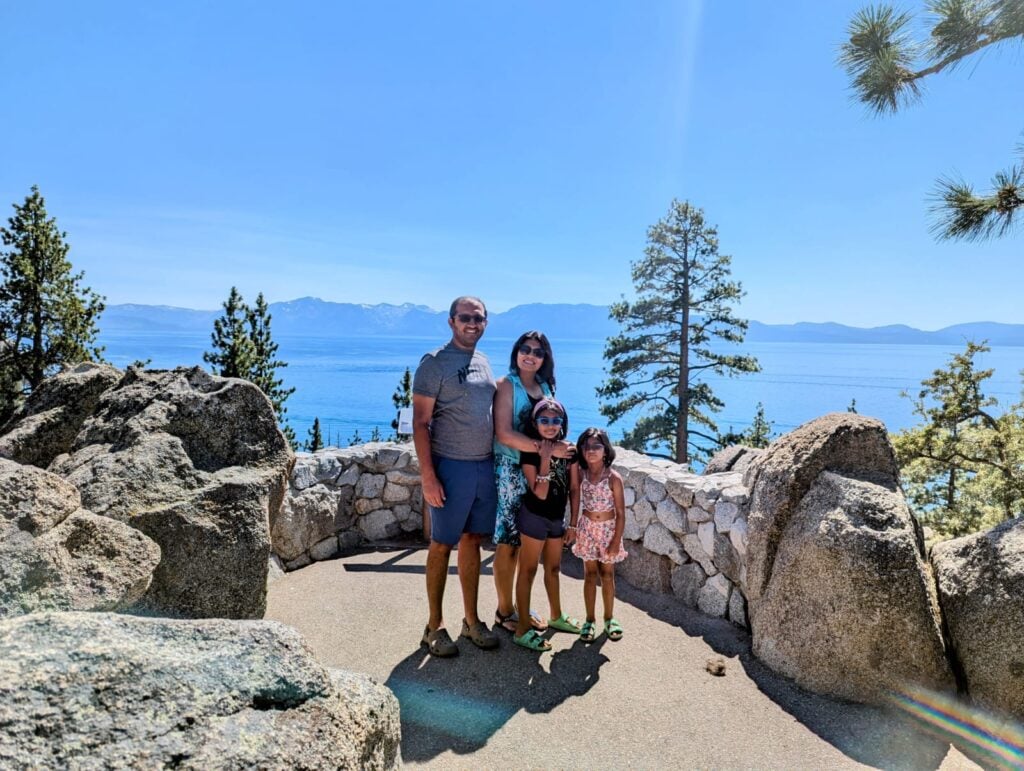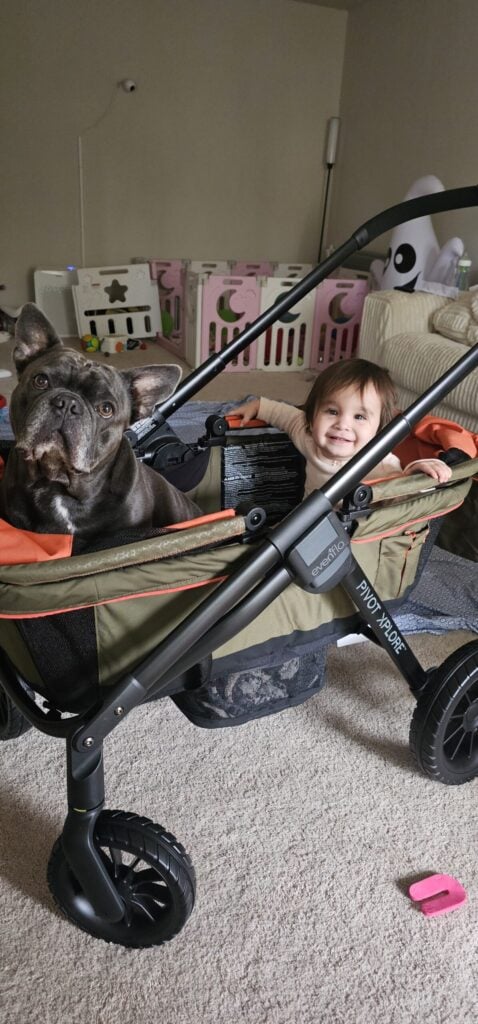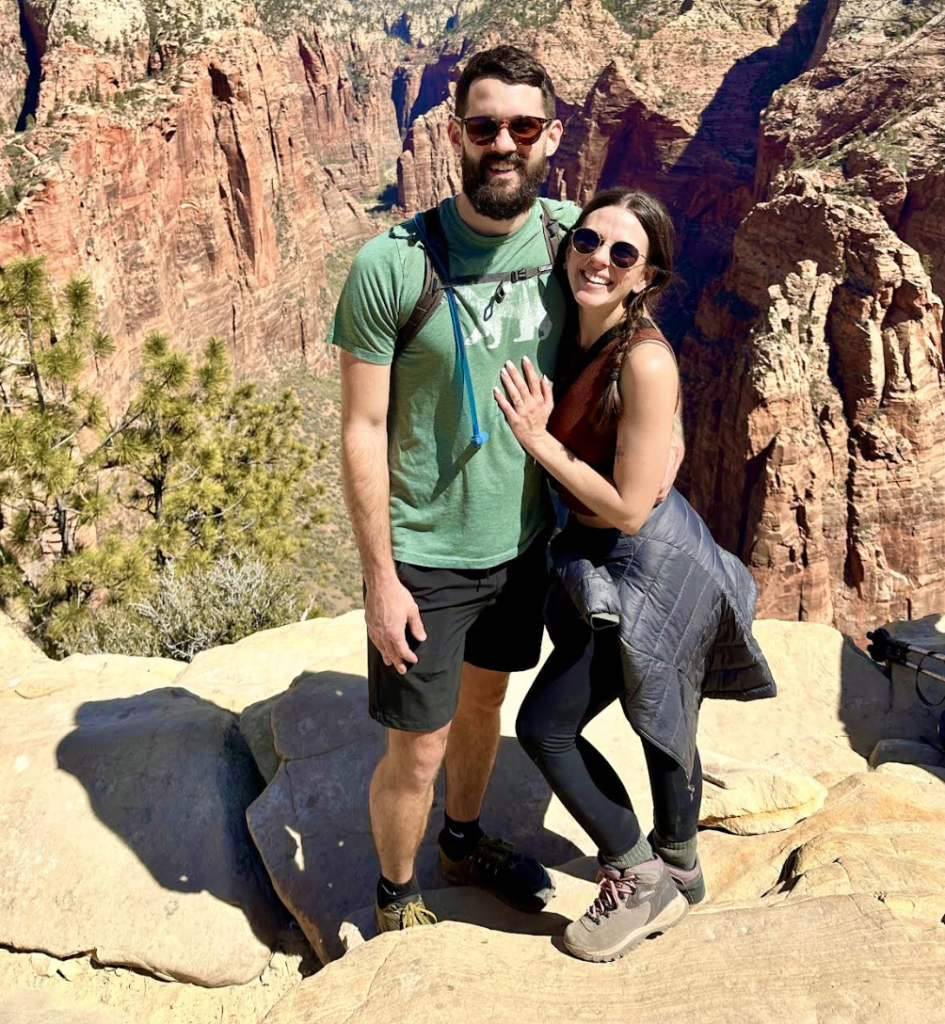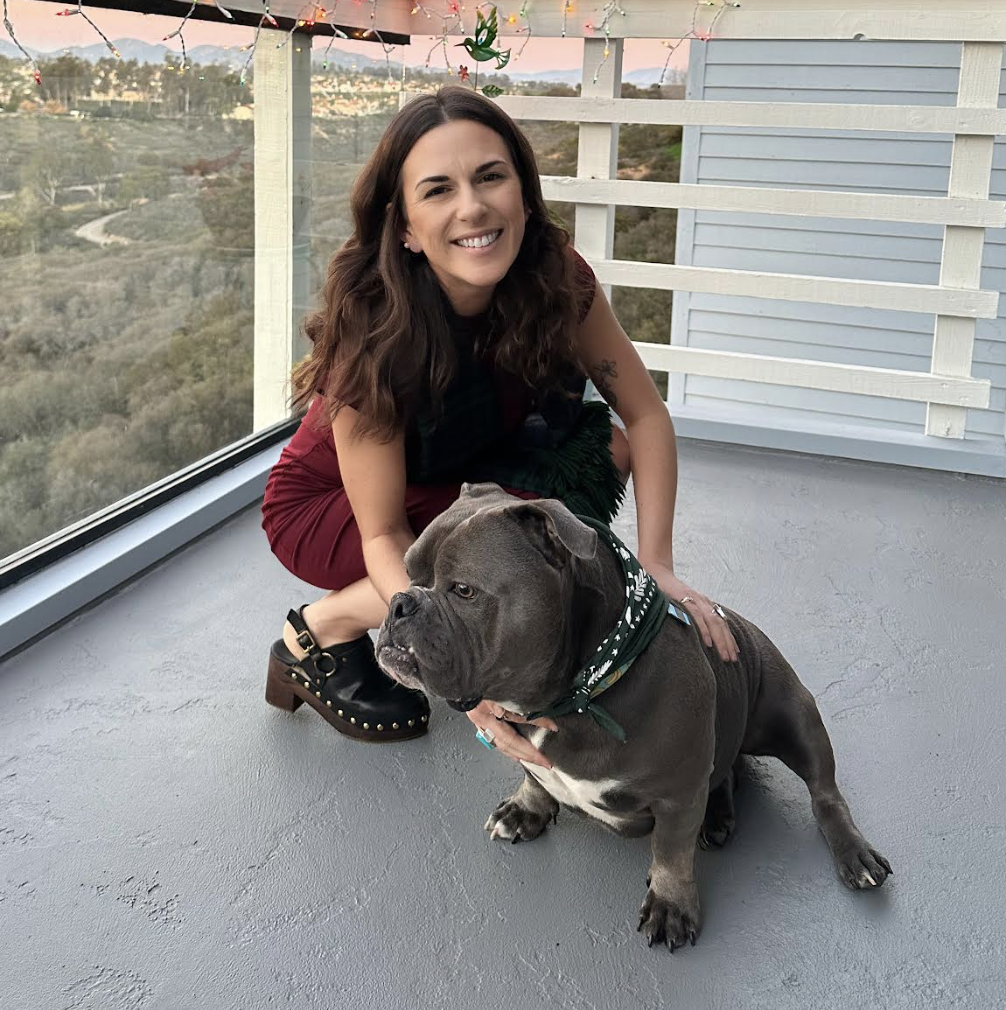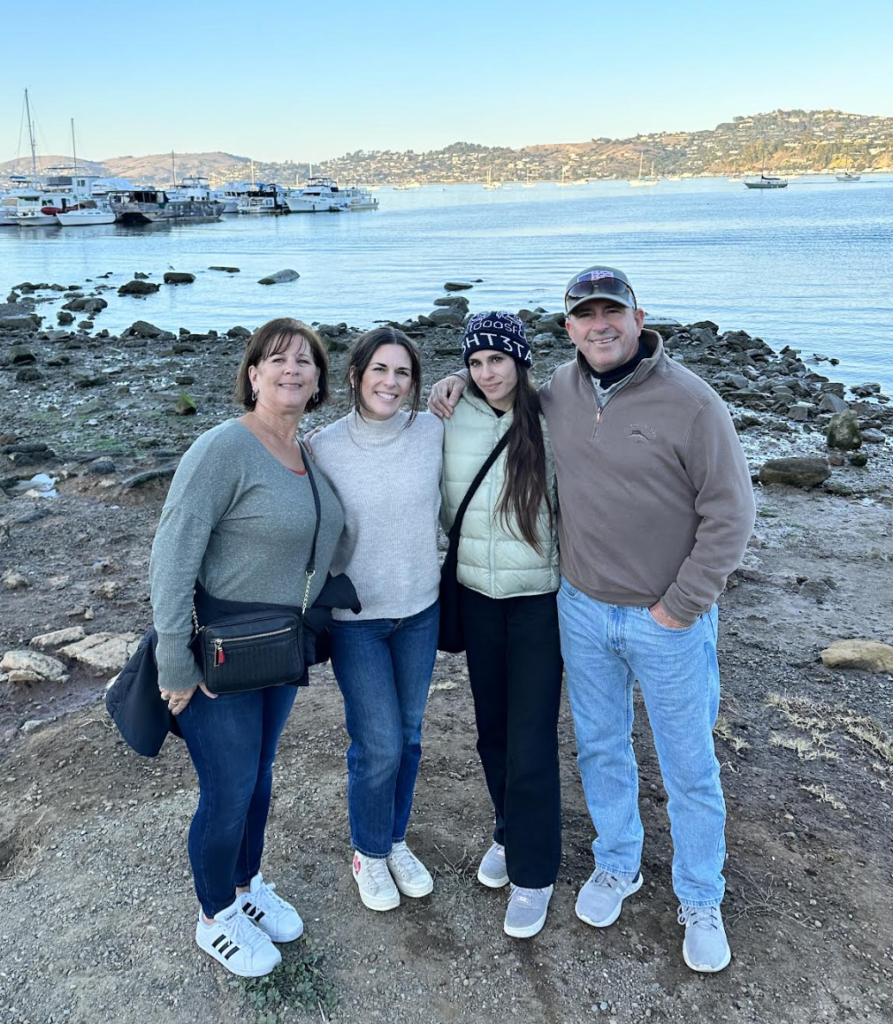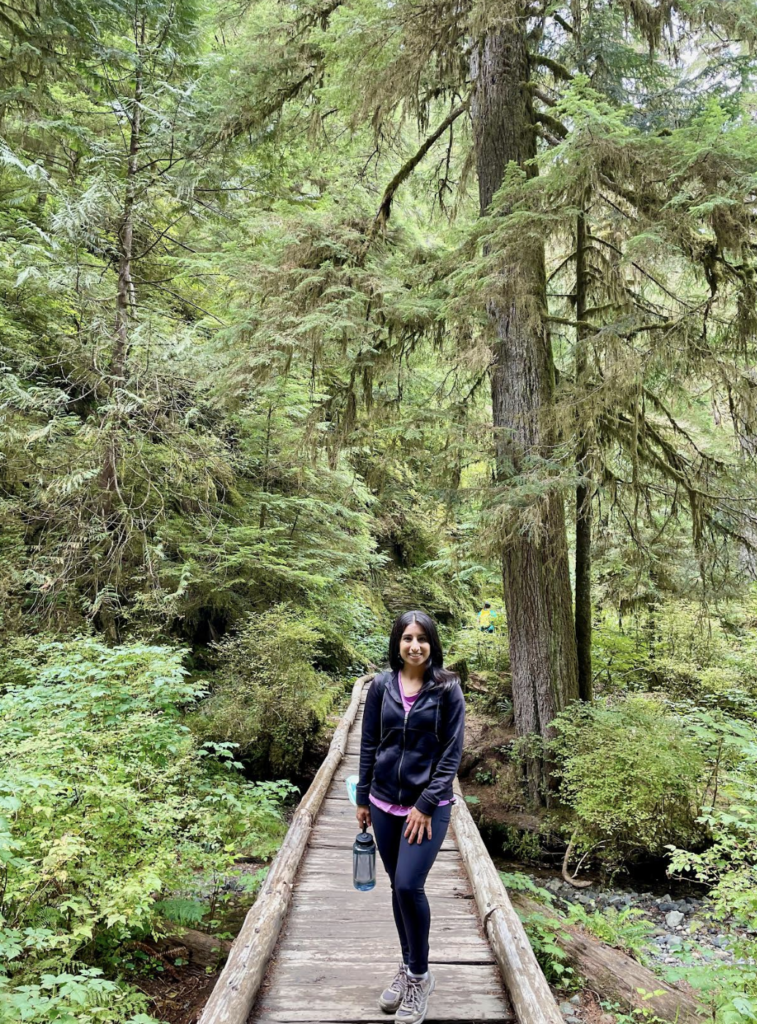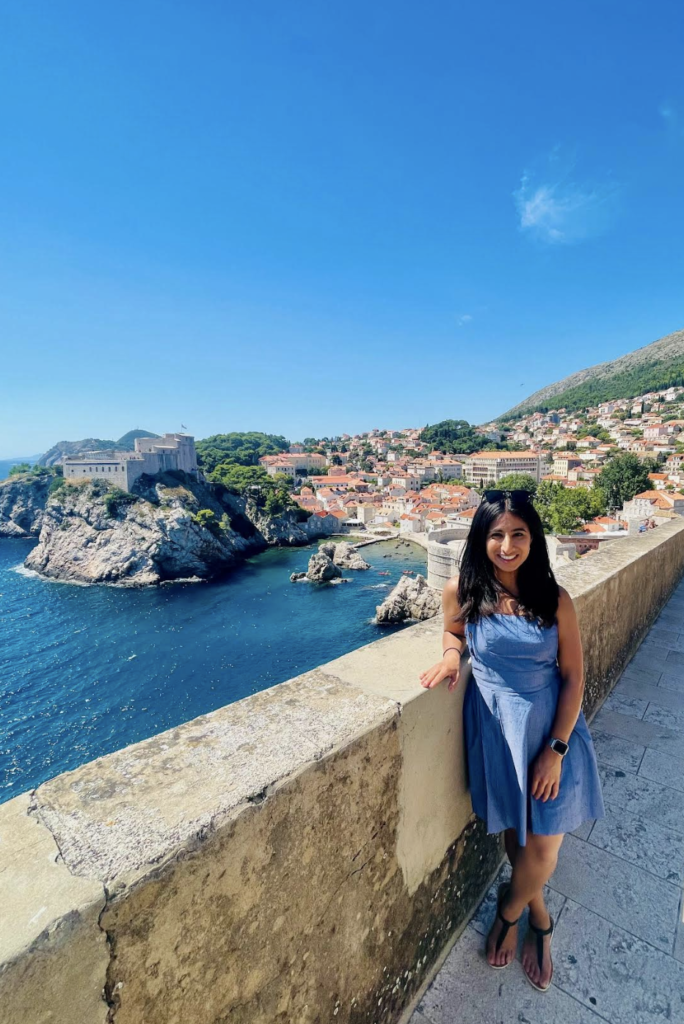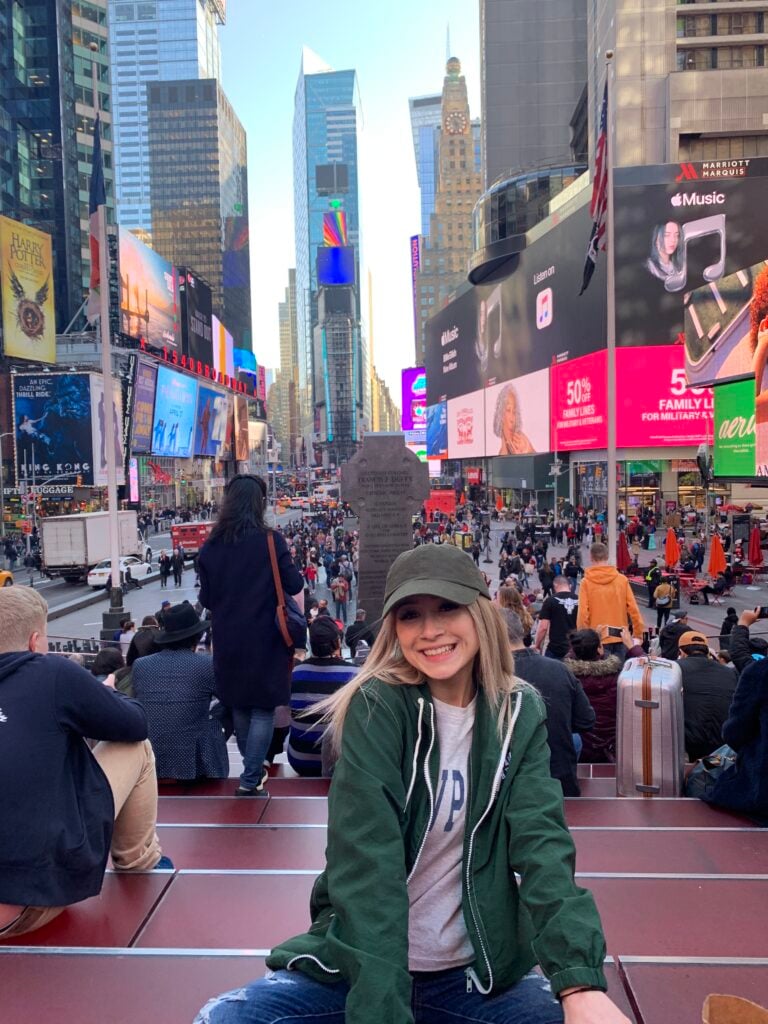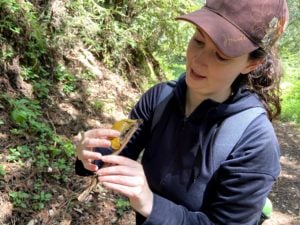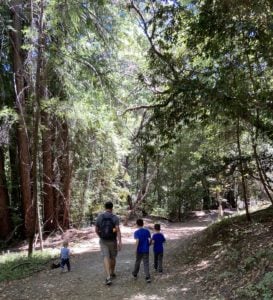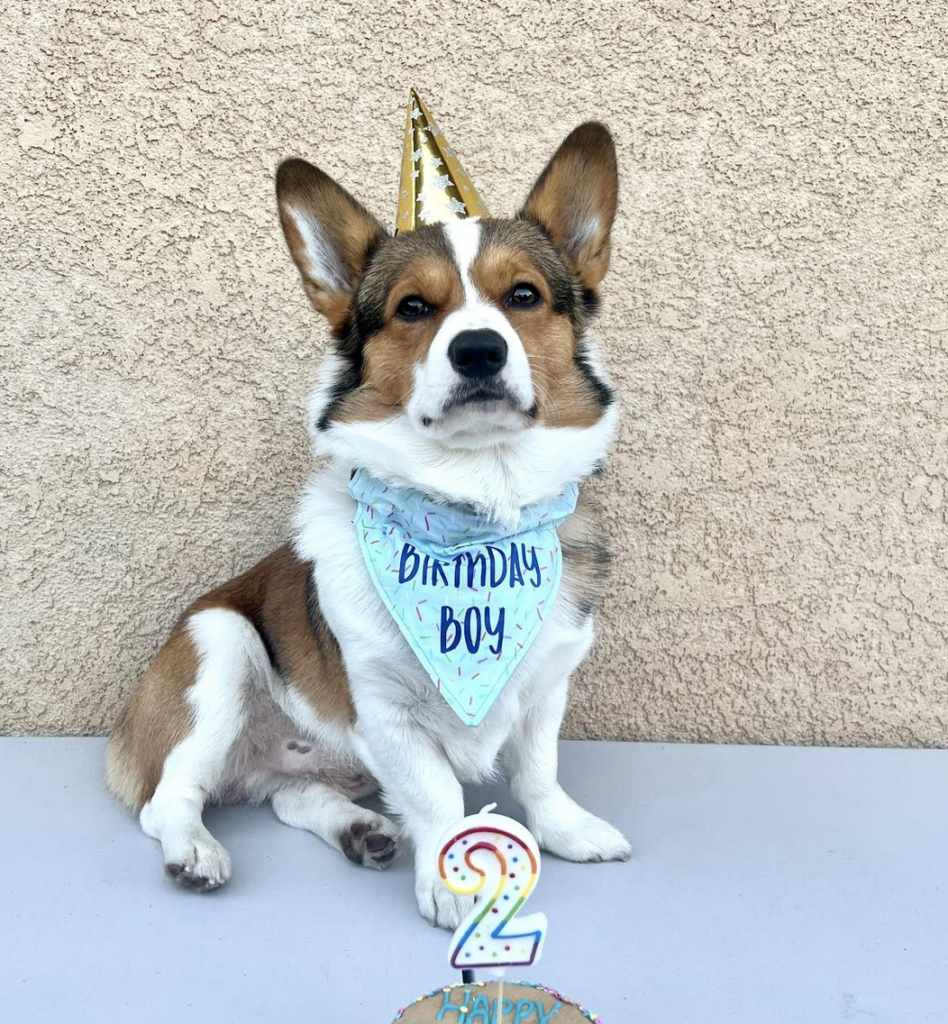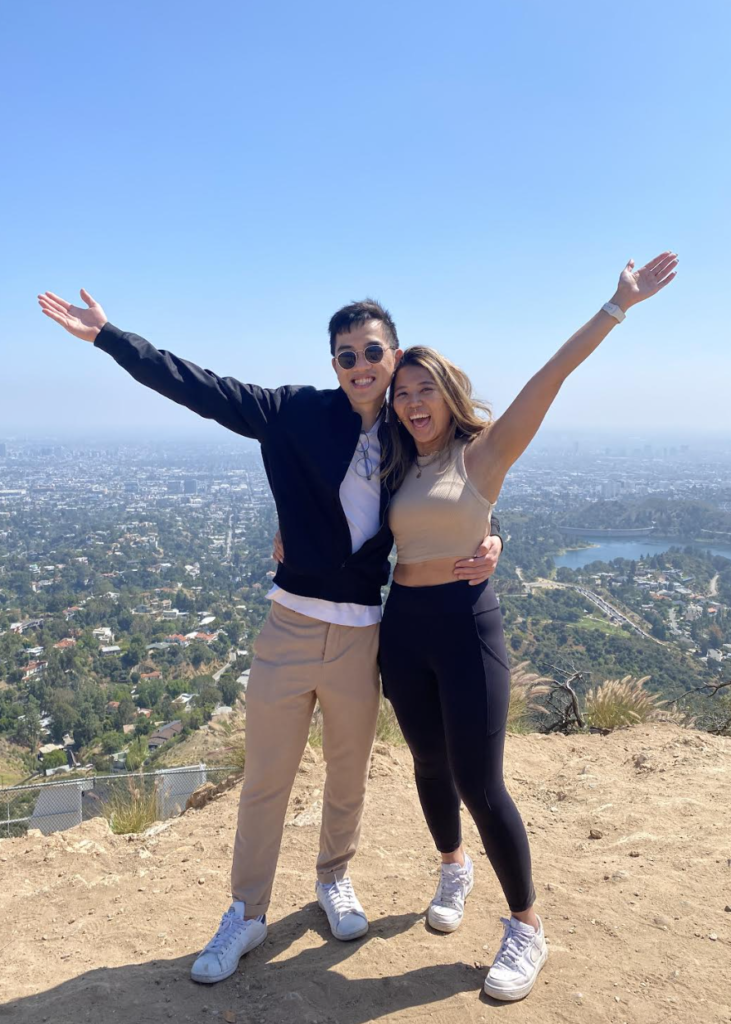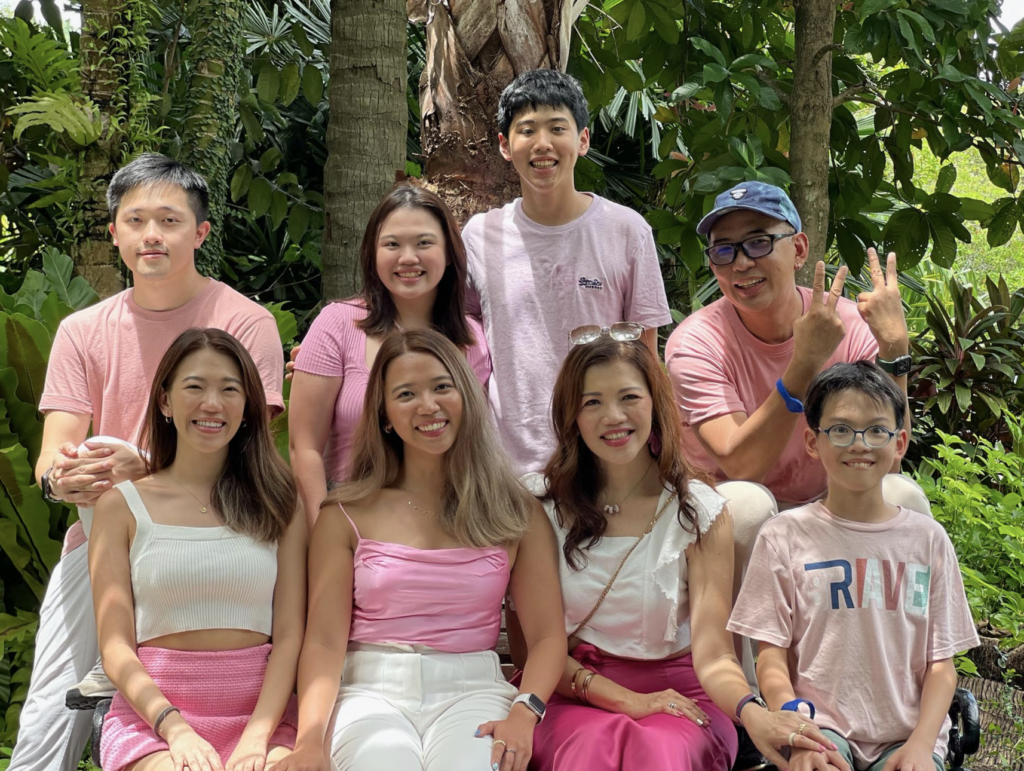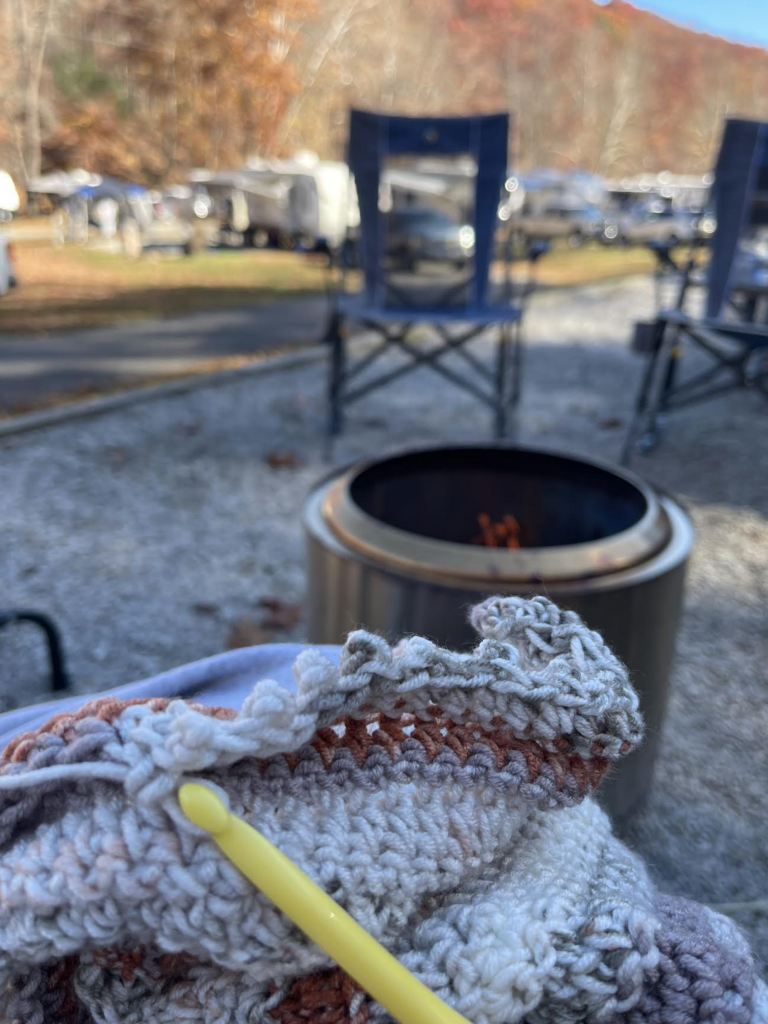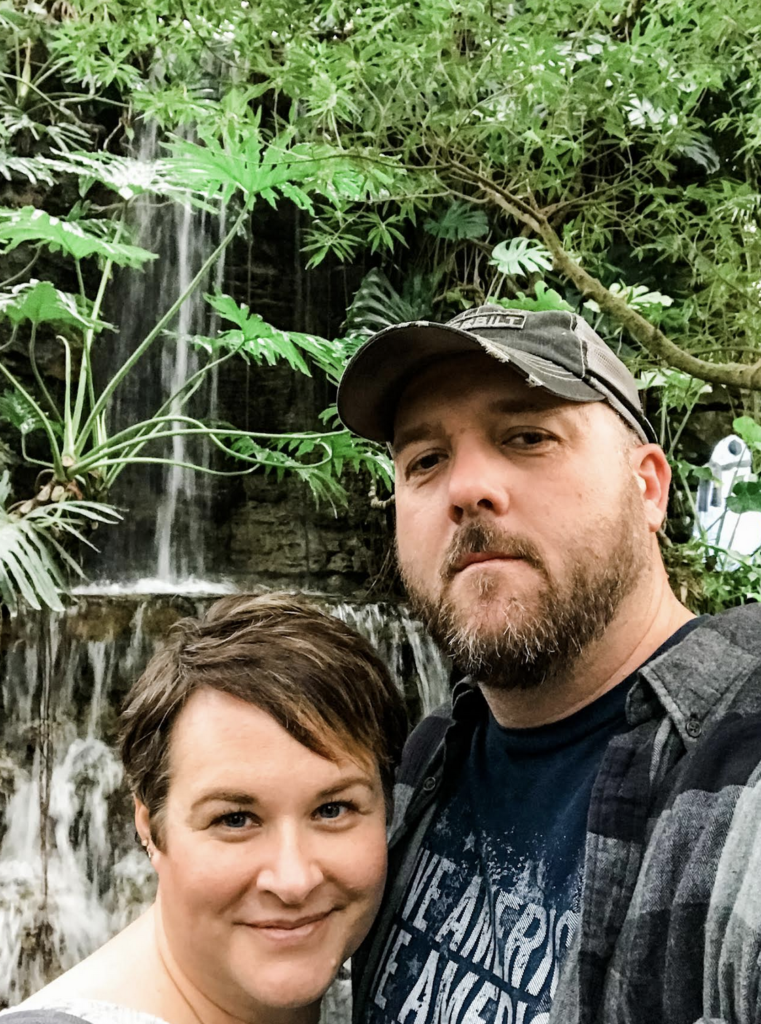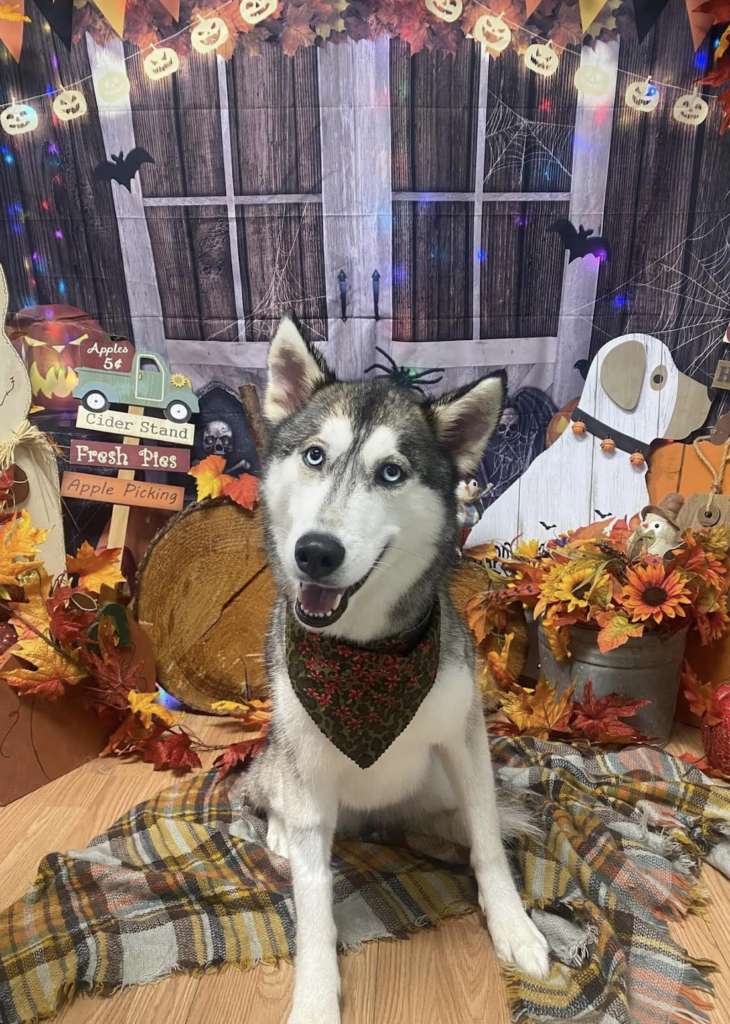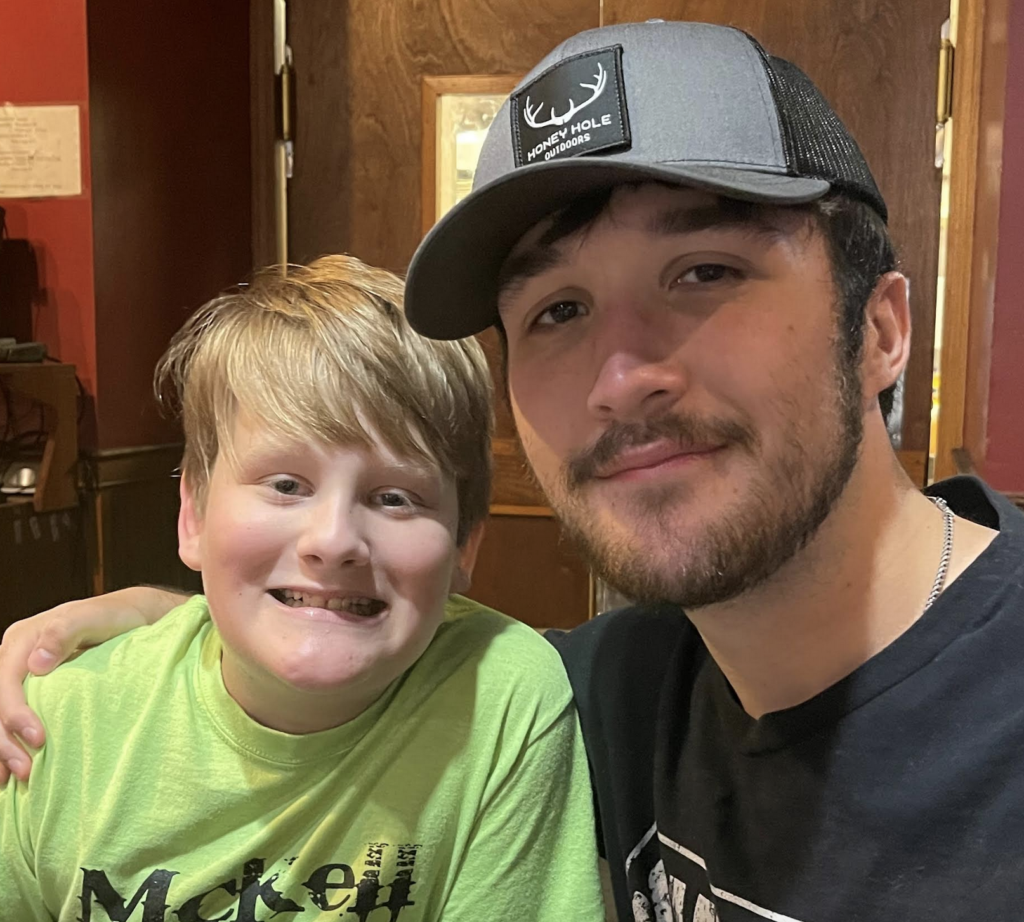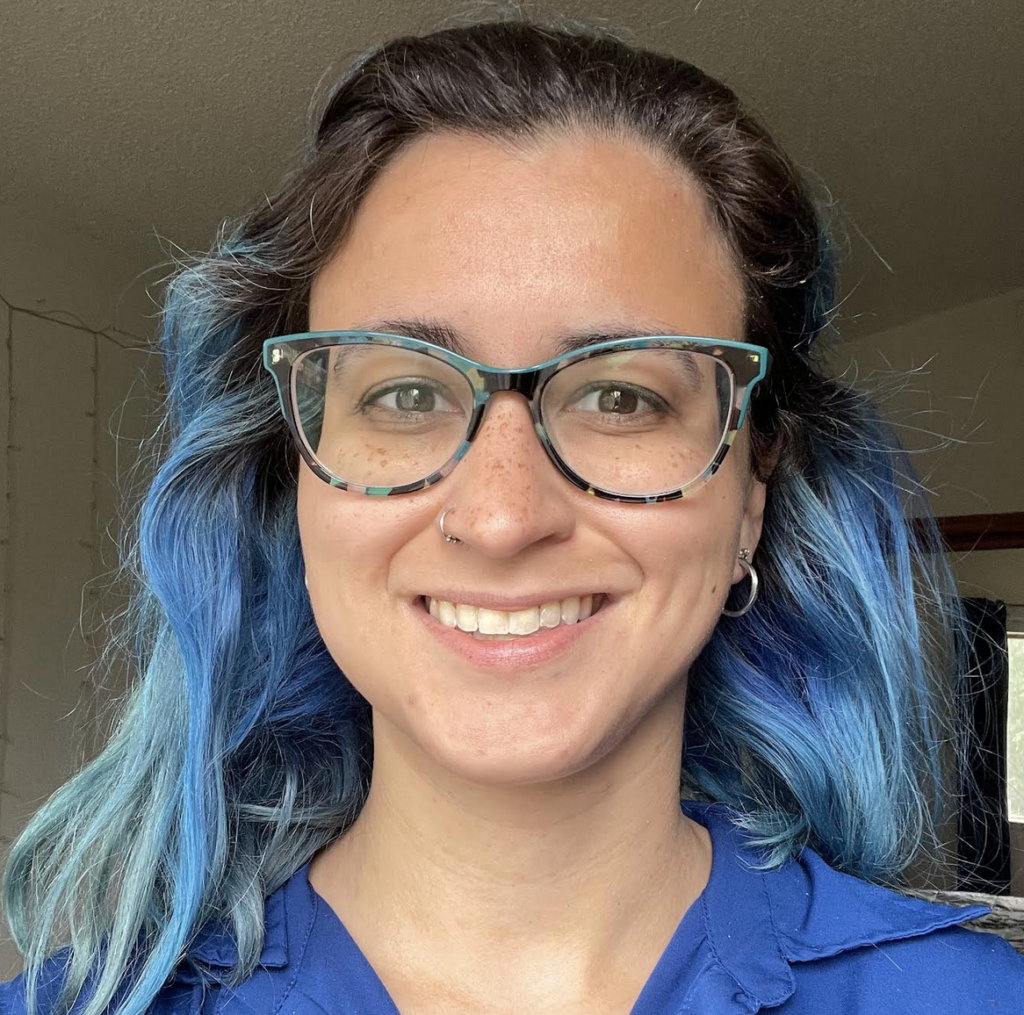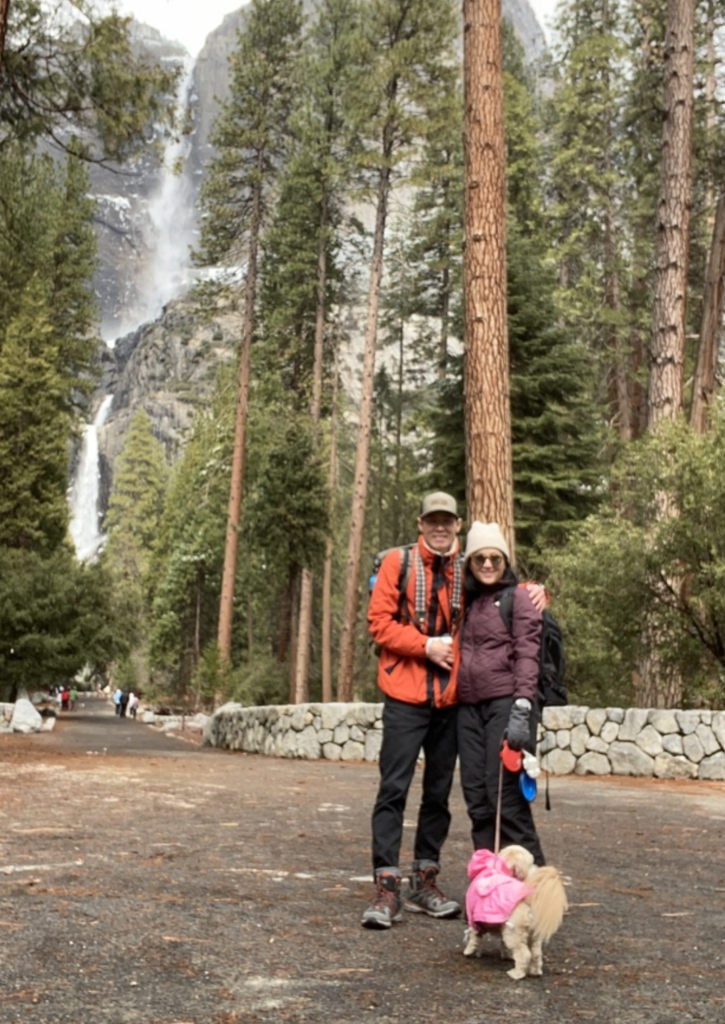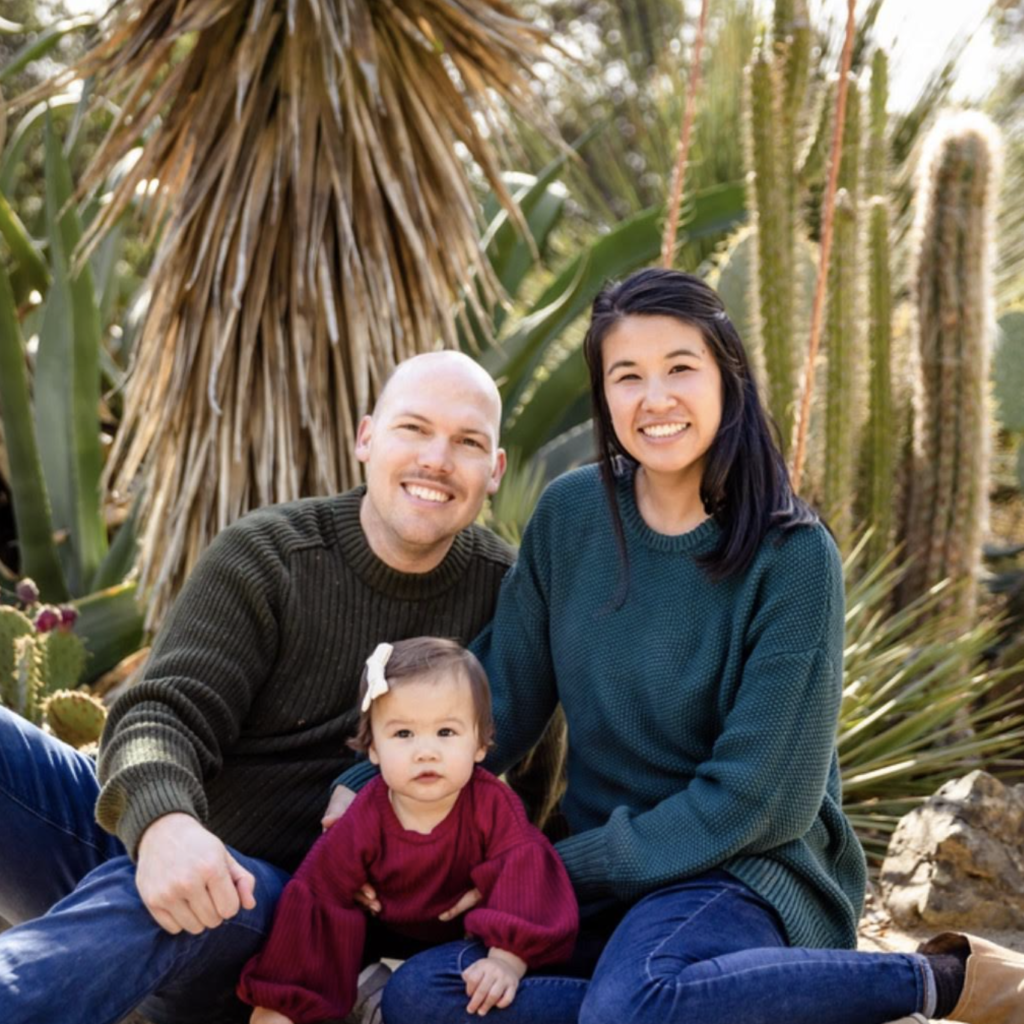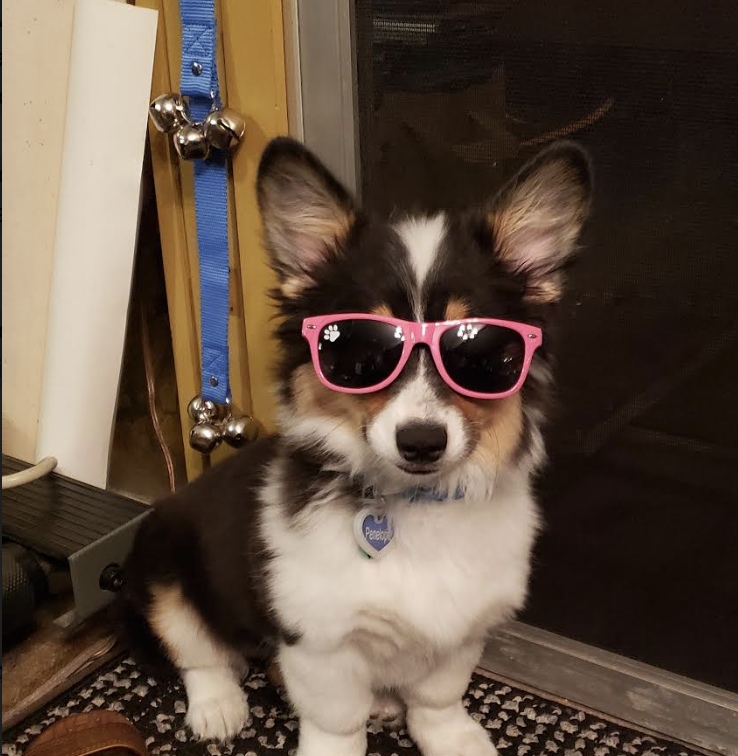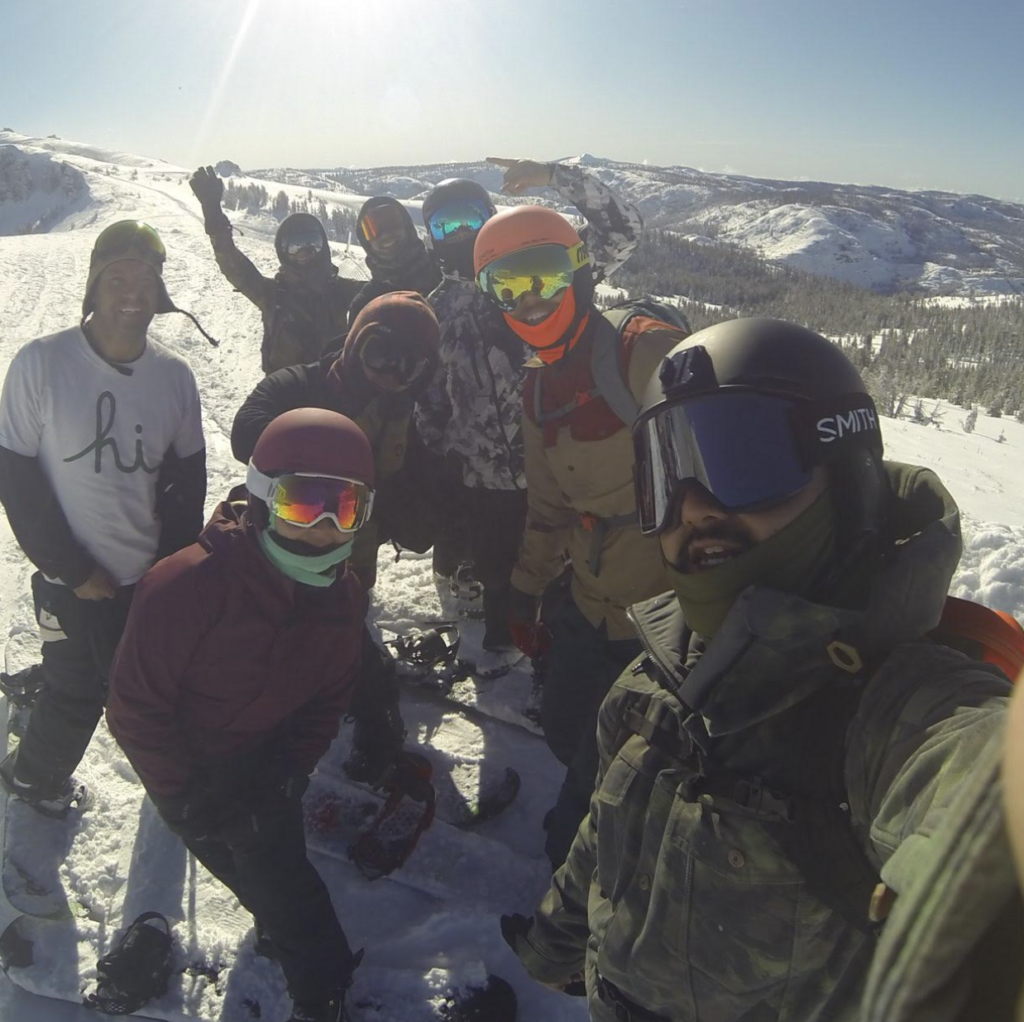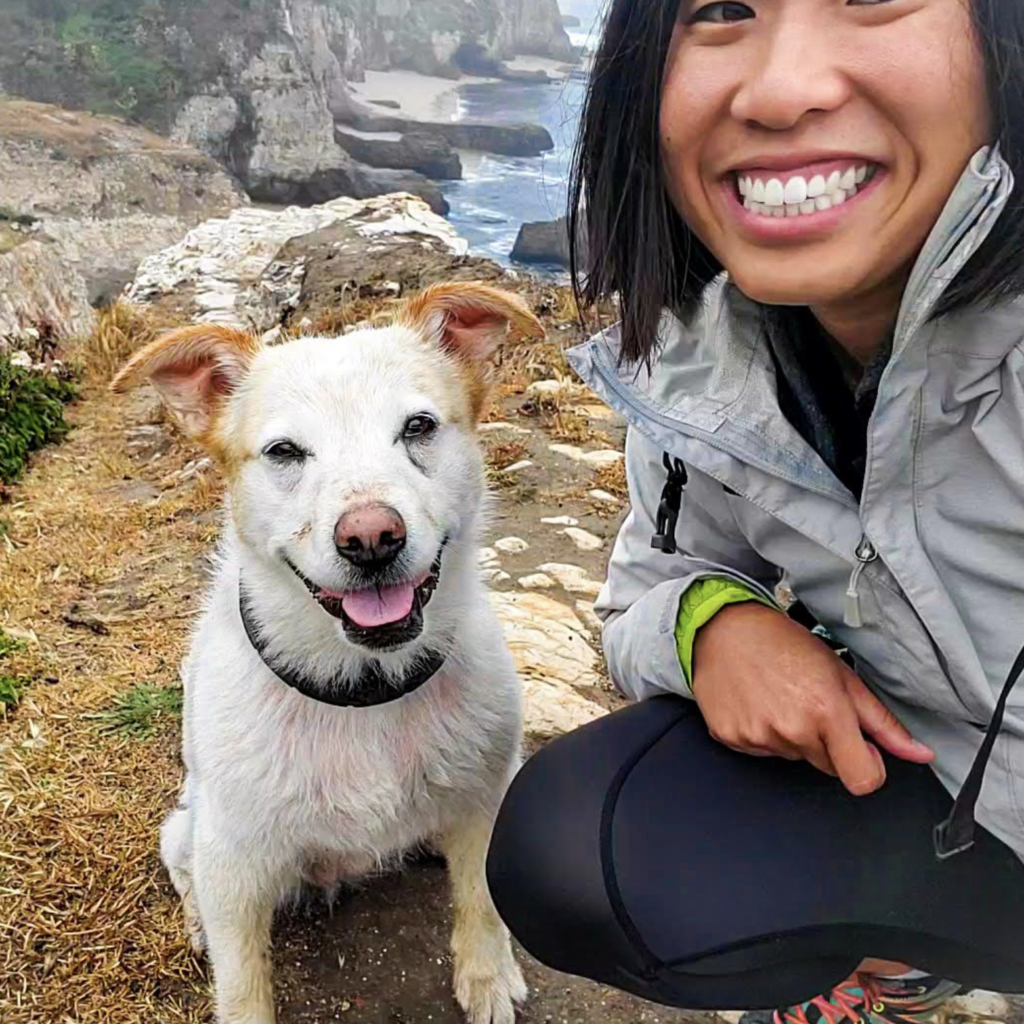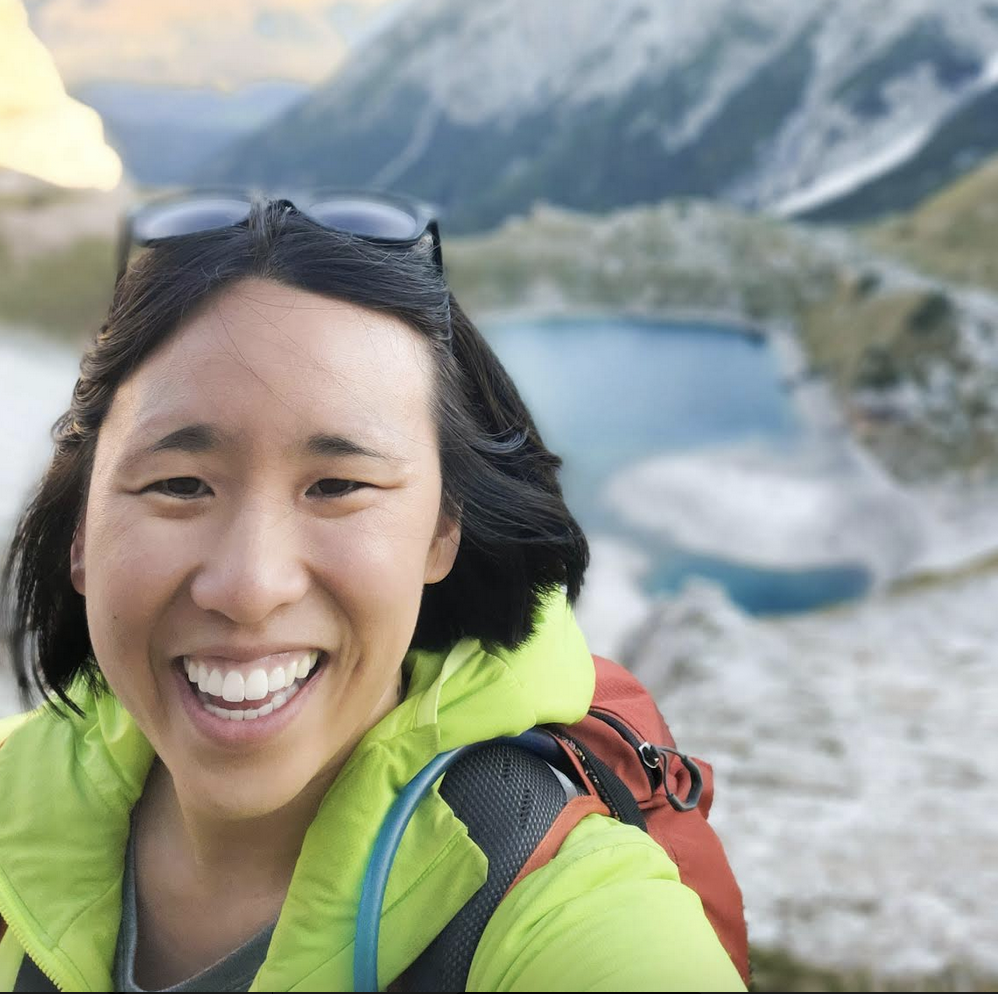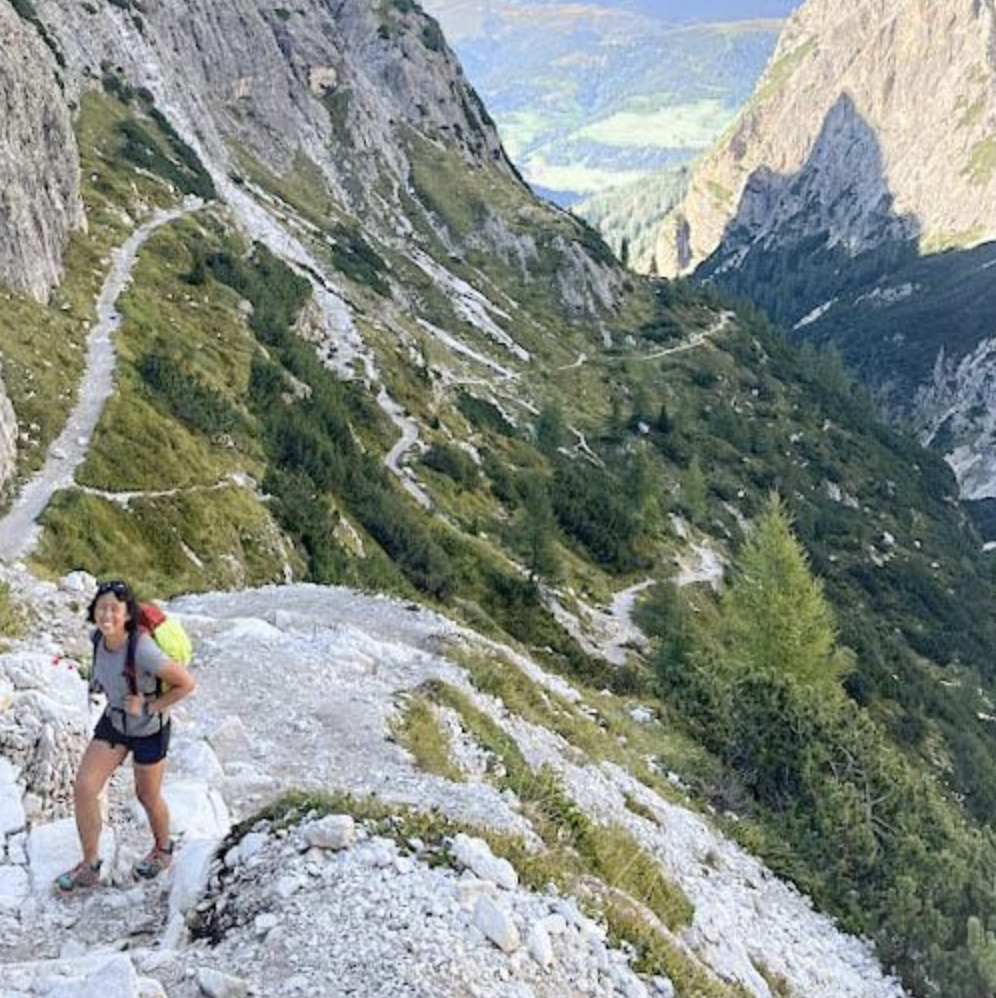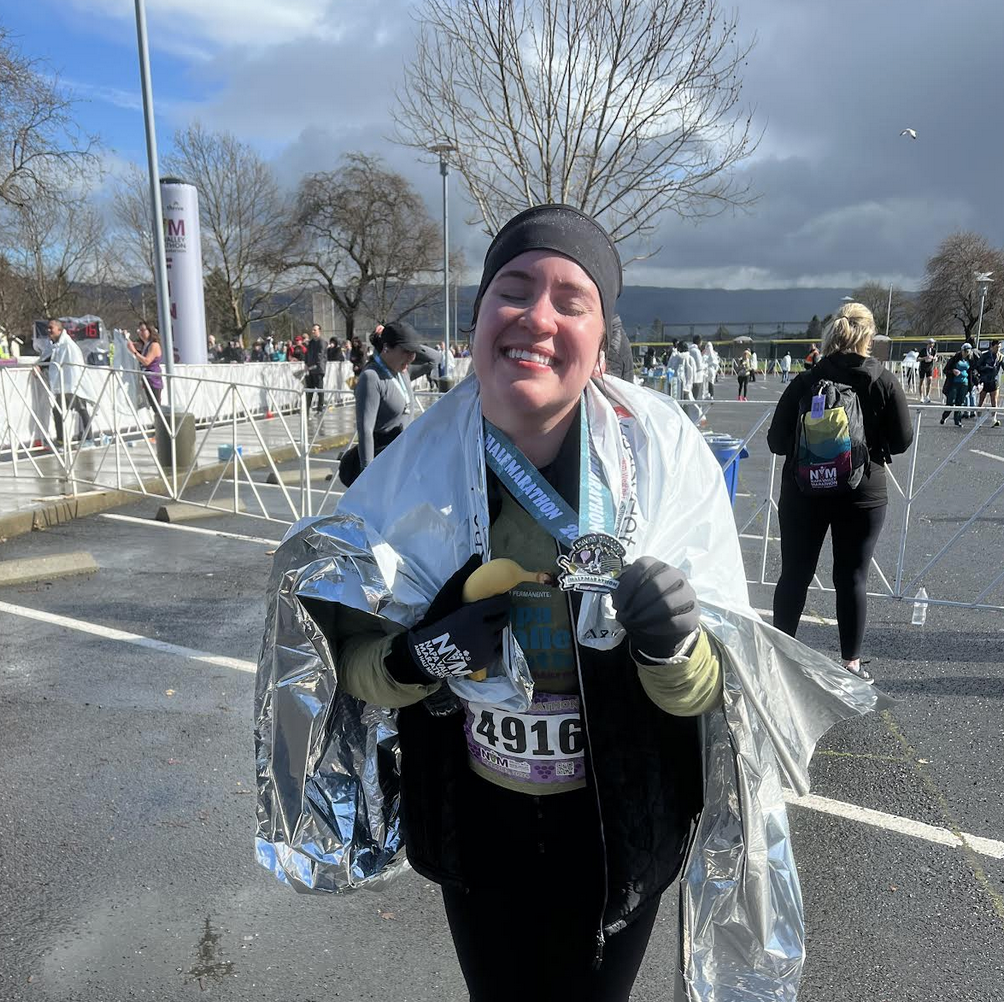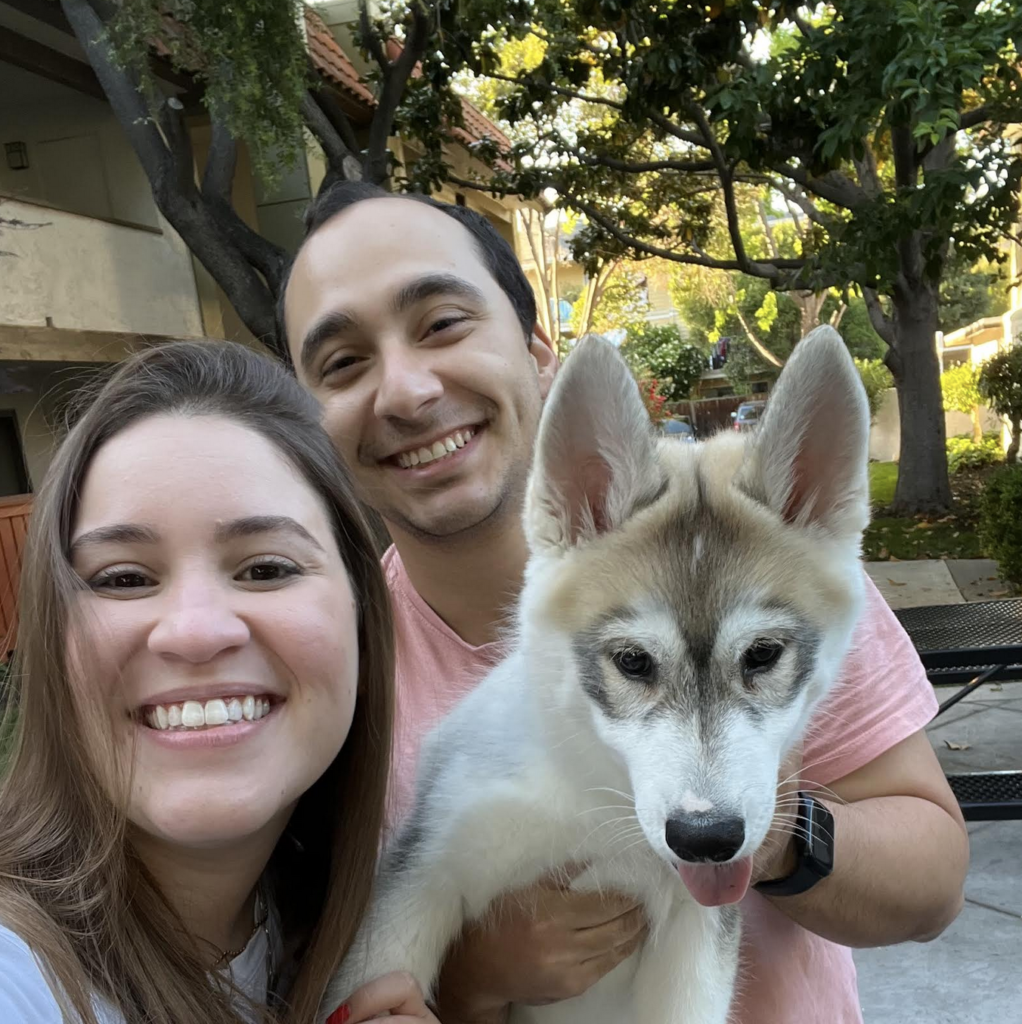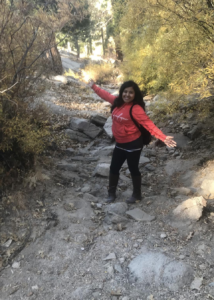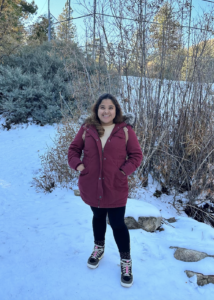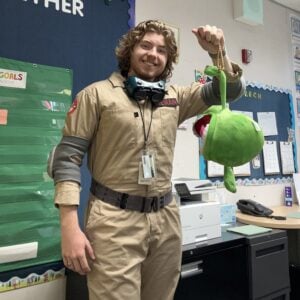
When you think about balance, the role that ears play may be what most parents think helps their child with balance. But the ears aren’t the only body parts that help us balance. Ears, eyes, joints, and muscles work together to keep us steady and upright. When one or more of these systems is out of whack, it can be hard to get around and just live daily life. The simplest things — like walking, riding a bike, even playing — can become difficult and frustrating for our youngsters.
Balance disorders are considered uncommon in kids and teens, but might be underestimated — symptoms could be misdiagnosed. But resolving kids’ balance problems can make a big improvement in their overall quality of life — their ability to play, learn, and feel as happy and healthy as possible.
Many of us take our balance for granted. We assume that it is something that is learnt with time, but oftentimes we notice an awkwardness in our kids. You might be noticing their spatial awareness is not accurate. They might fall more often, stumble when walking or their hands and legs aren’t coordinating. Whatever the reason, a little time spent on balance and spatial awareness can correct the issue most of the time.
There are loads of activities to improve balance in kids. But let’s first try to understand why balance is important for kids?
Symptoms of Balance Disorders
When a child is not entirely aware of his body and how different parts of the body coordinate and work together, it might create certain challenges for him. These include:
- Poor posture
- Clumsiness
- Not being able to walk in a straight line
- Inability to play sports competitively with peers
- Increased injuries
- Poor reaction time
7 Activities to Improve Balance in Kids
Most of the activities we are going to discuss only require 5-10 minutes of your time. Before you begin, make sure your child is active, well-fed and it isn’t close to nap time. Don’t force your child, but try to make these activities to improve balance fun for your child:
Single-Leg Stand
Ask your child to stand and balance on a single leg. In the beginning, it might take some time but your child will begin to build his balance from there. If he’s having difficulty, allow him to use a chair for stability. Encourage him to spend more time on that single leg and then alternate to the other leg.
To make it a bit more challenging, ask your child to stretch his opposite arm.
Stand on an unstable surface
After your child has mastered standing on one leg on solid ground, you can try this activity on a bean bag or trampoline. Please ensure all surrounding are safe for your child if they fall. We don’t want your child getting injured. Ask your child to try and stand on the unstable surface, when he gets on the surface, his brain will coordinate with his legs and hands to stabilize the body. We want to program the body and brain to work together to achieve that balance.
Hop on one foot three times
Once your child has mastered the single leg stand, encourage him to hop on his one foot. Start with single hops and increase the number. You can make it more fun by trying a single leg hop race with race with your child. May the best hopper win!
Stand with one foot on the ball
Take a football, soccer ball, or basketball and roll it around on the floor. Ask your child to stop the ball by using on foot. Then switch from one foot to the other to work on stopping the ball.
Mirror Mirror
Stand with your child in front of a mirror. Ask him to copy your movements in the mirror. This will help create body awareness in your child.
Balloon Play
A balloon can be very challenging for a child to manage. Ask your child to help you blow up a balloon (don’t use helium or it will float away!). Create a fun game where you play with your child to see can keep their balloon from falling to the floor.
Yoga
Yoga is also a great way to improve balance and flexibility in kids. The graceful balance and stands that you see yogis performing takes years of practice. Bot it is great exercise for your child and fun for them too. Try enrolling in a local child/parent yoga class or watch a Youtube video and try to learn the following with your kids:
- Cat Pose
- Cobra Pose
- Resting Butterfly Pose
- Kangaroo Pose
- Happy Baby Pose
- Boat Pose
- Downward Facing Dog Pose
We recommend the fun yoga workouts for kids by Cosmic Kids.
These are all very simple activities to help improve balance in kids that you can easily try at home. You hardly need any tools or toys for these activities. You’ll probably find most of these already in your home. If you don’t, try to find some alternatives. Always make it fun for your child. Join in. Enlist siblings and friends to help out.
If you feel your child is lagging behind in his balance skills, seek the help of an expert. Book a 15-minute free consultation with us to talk to us about developing the best therapy plan for your child.

